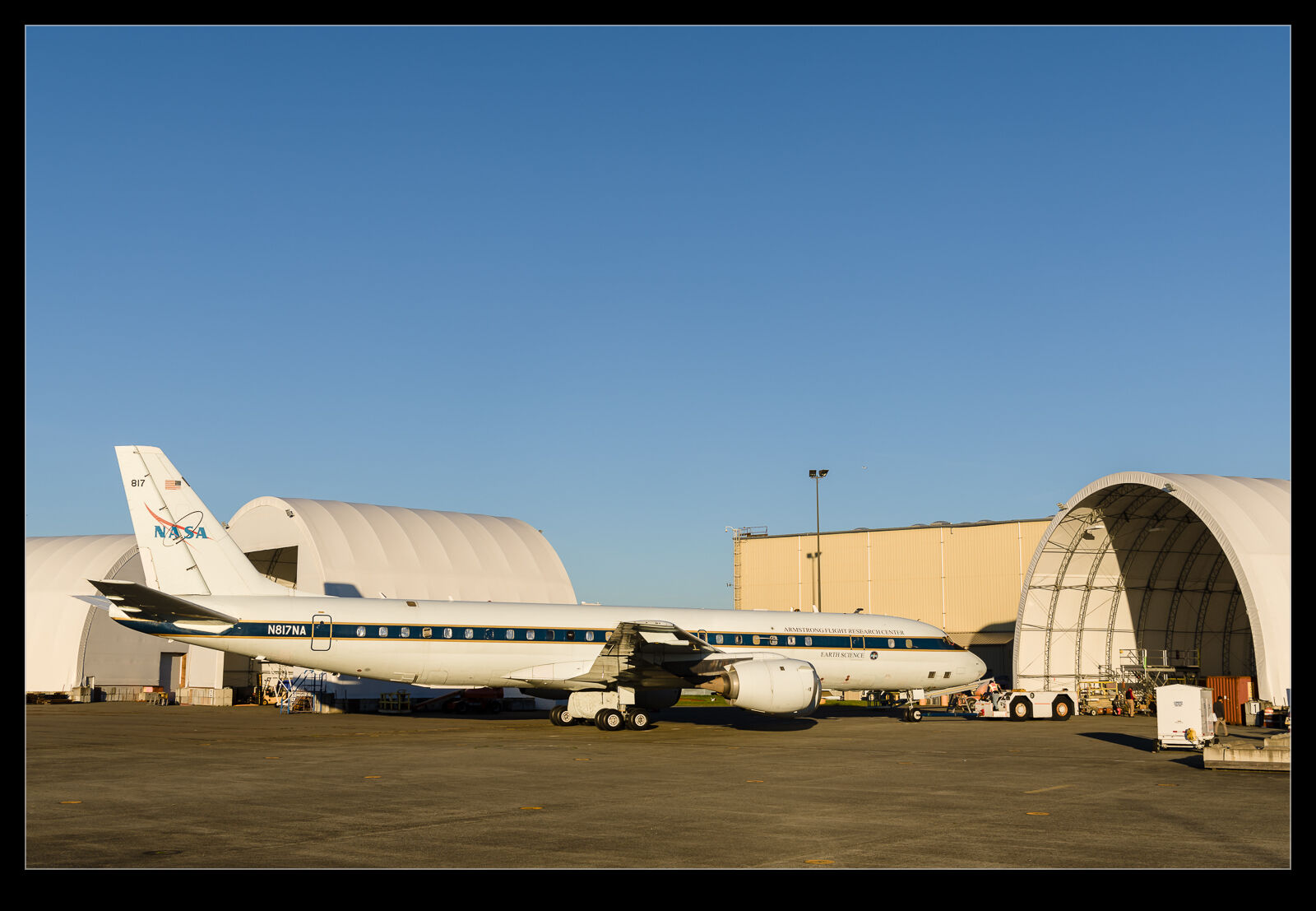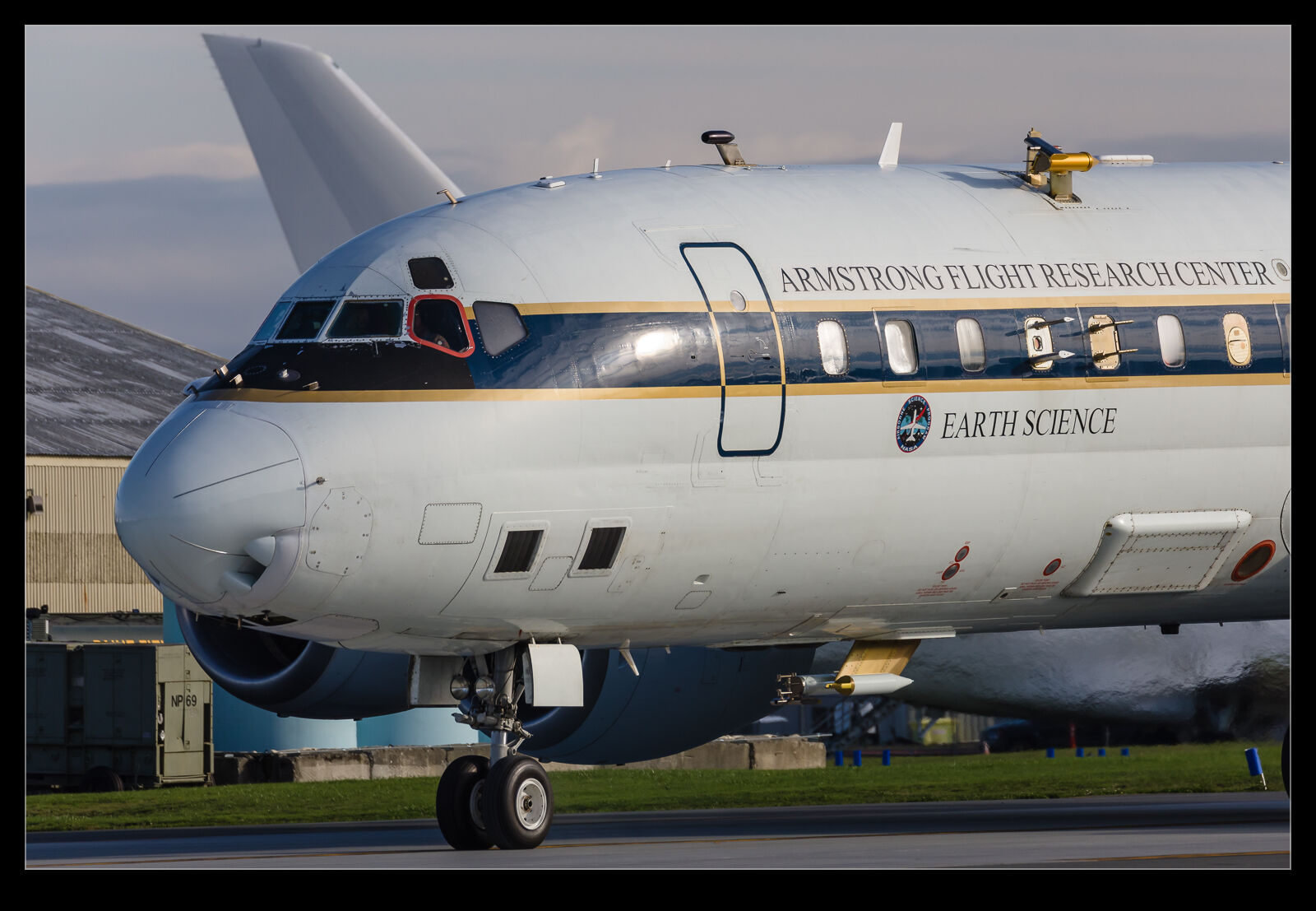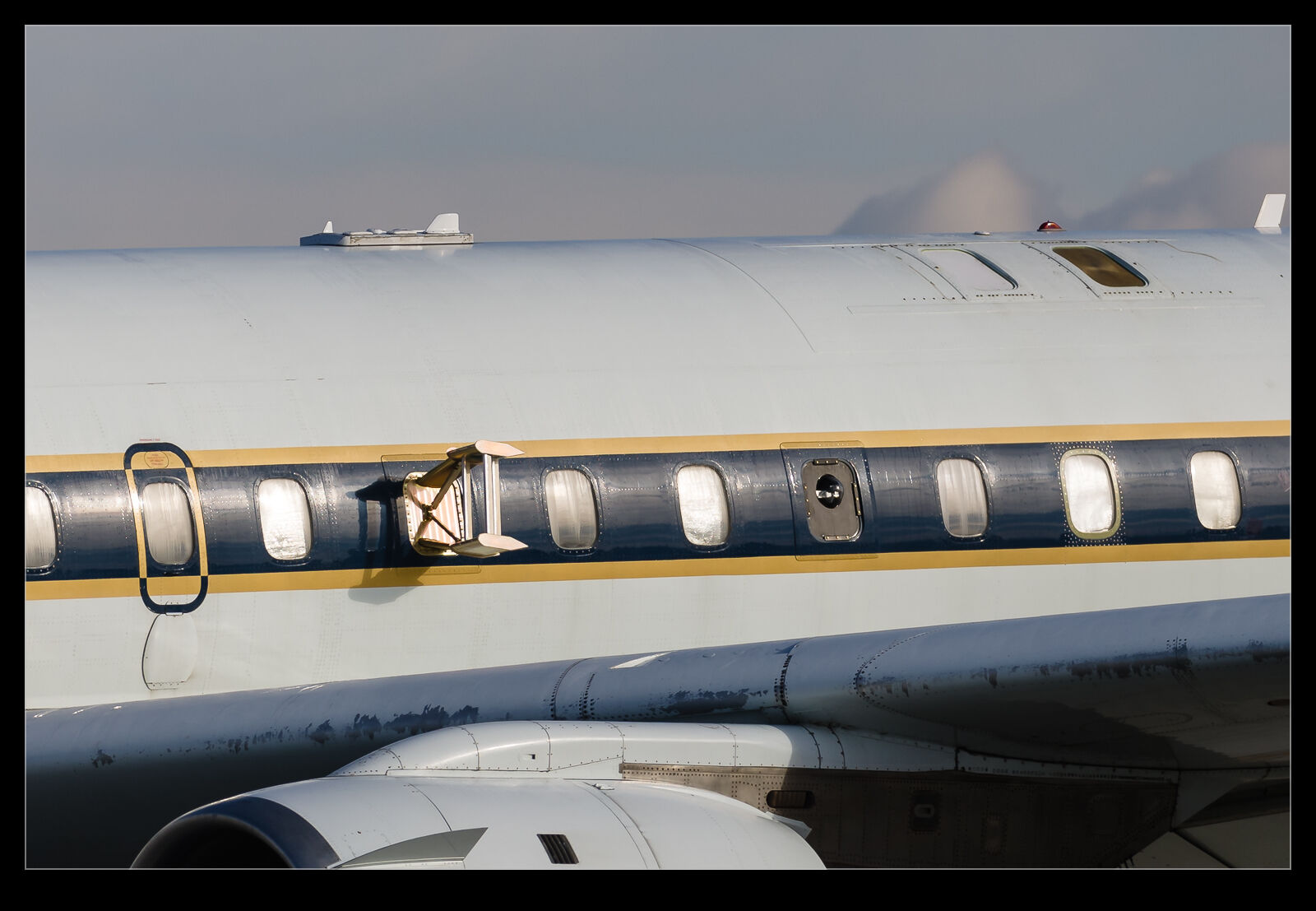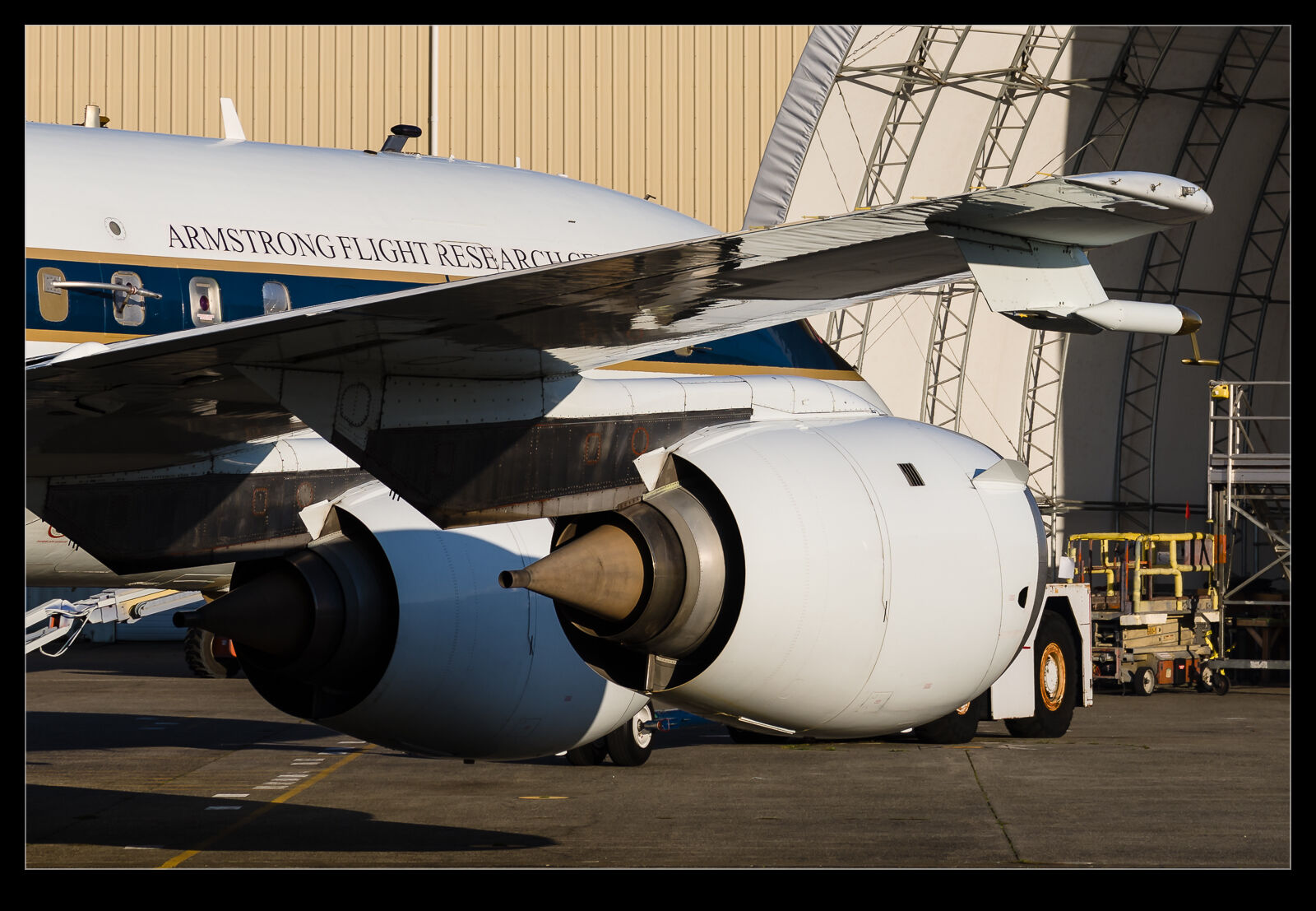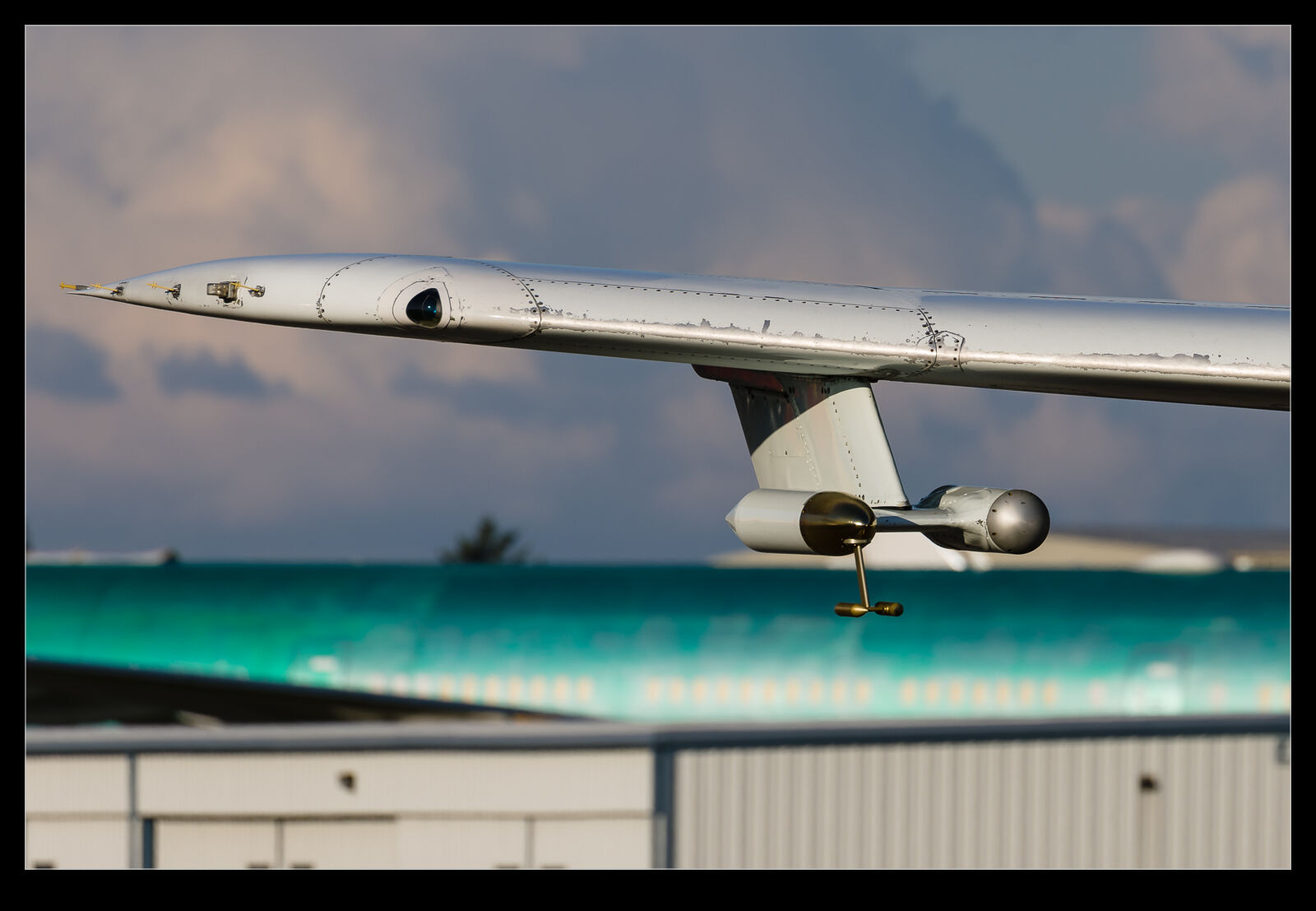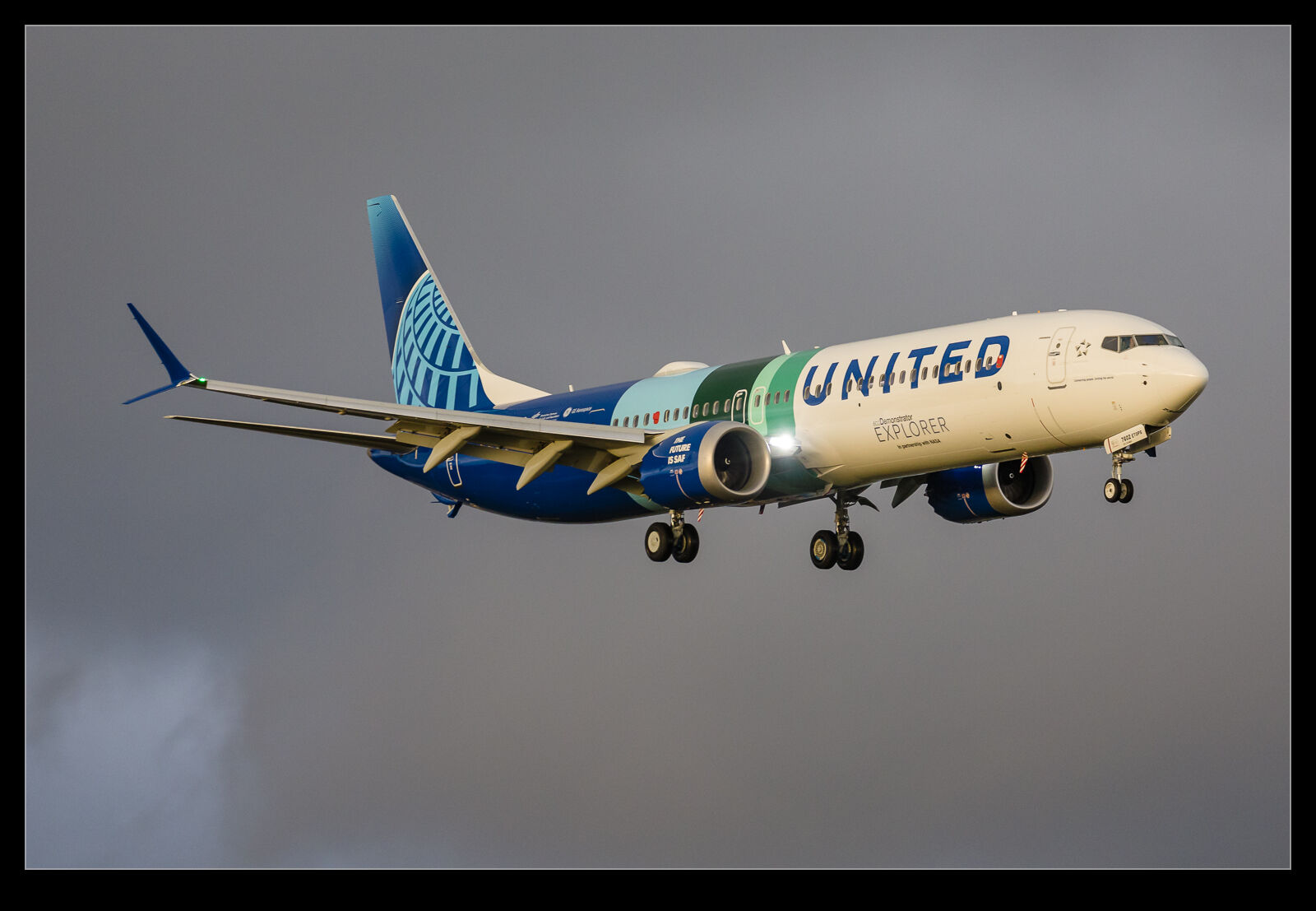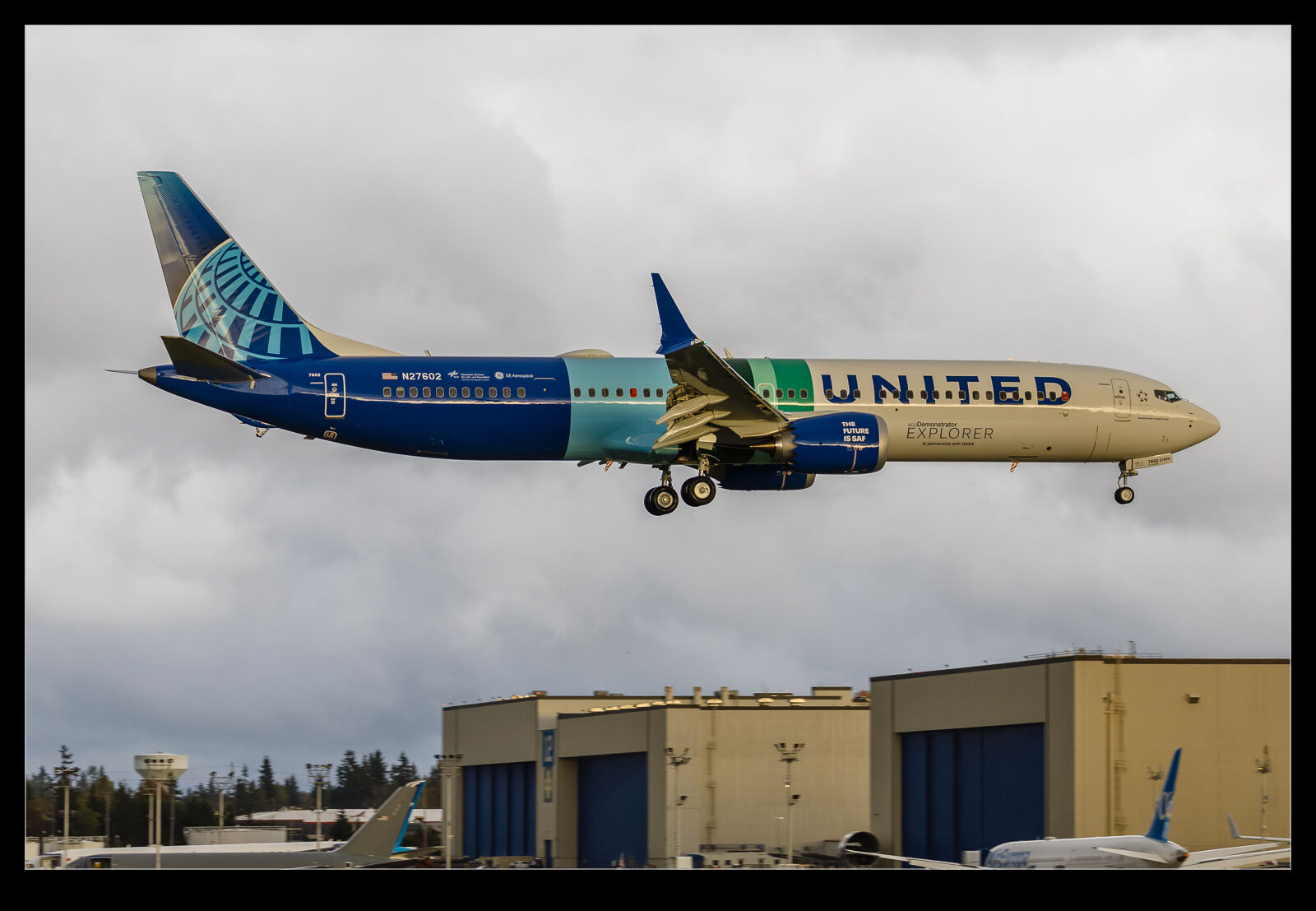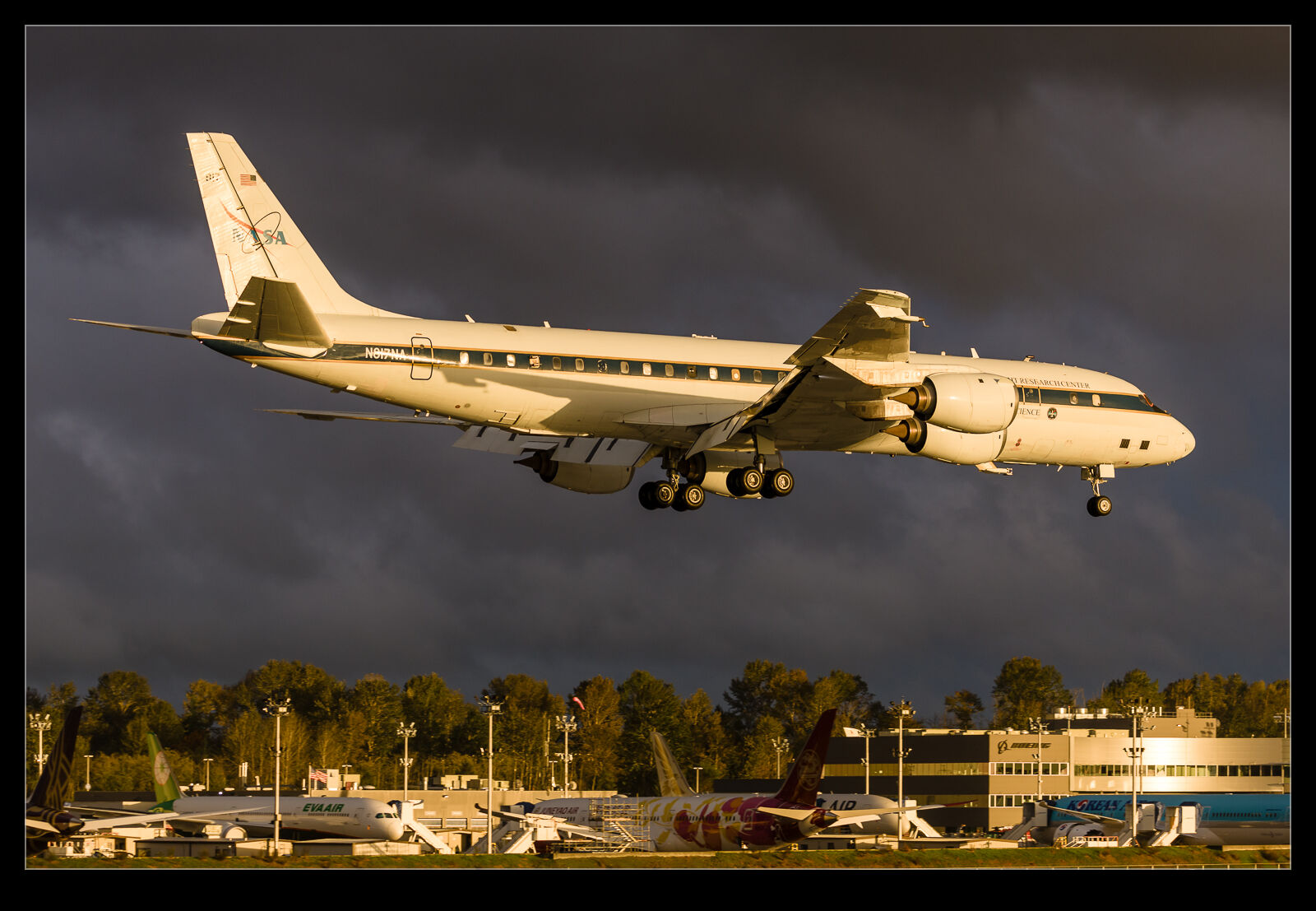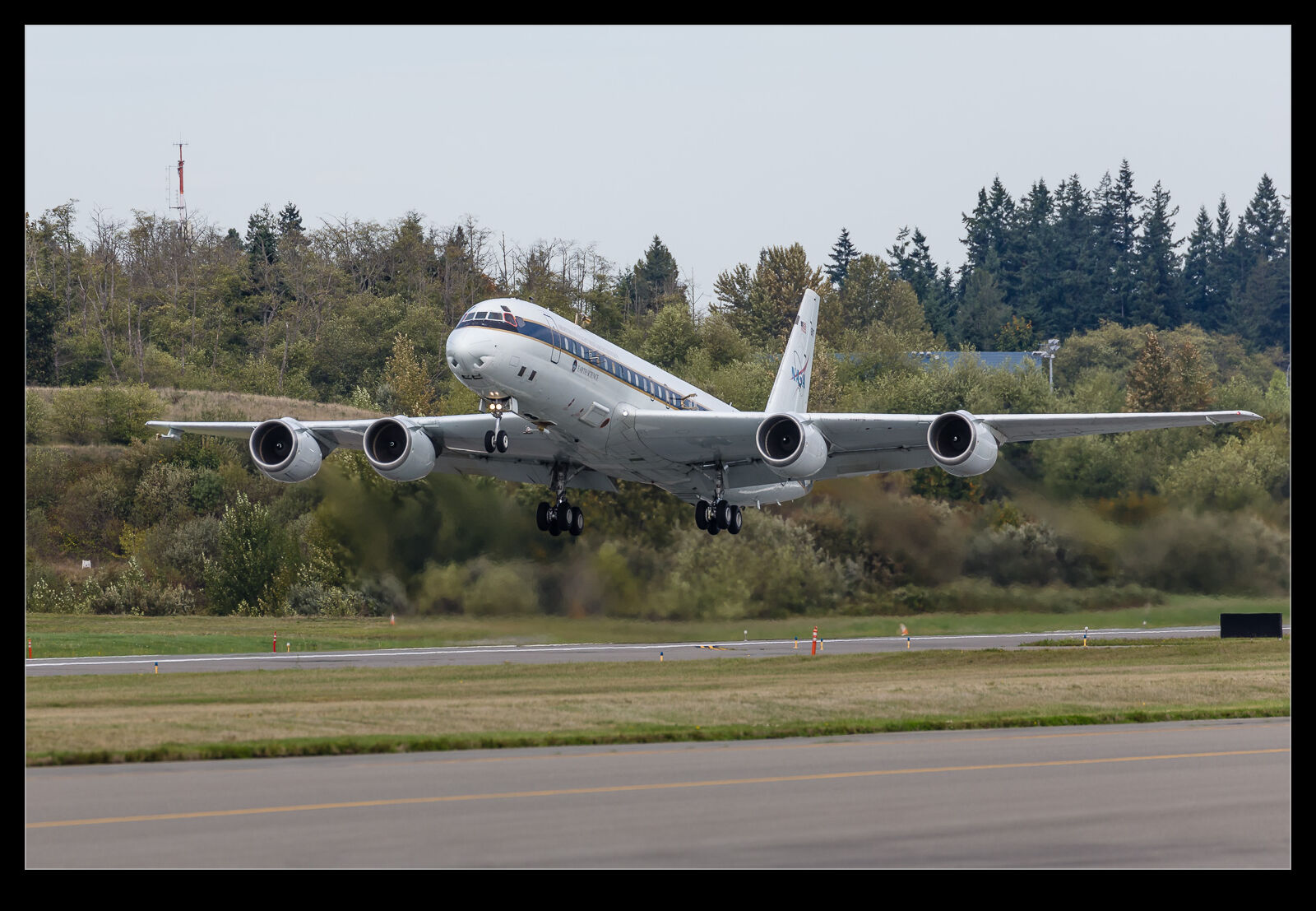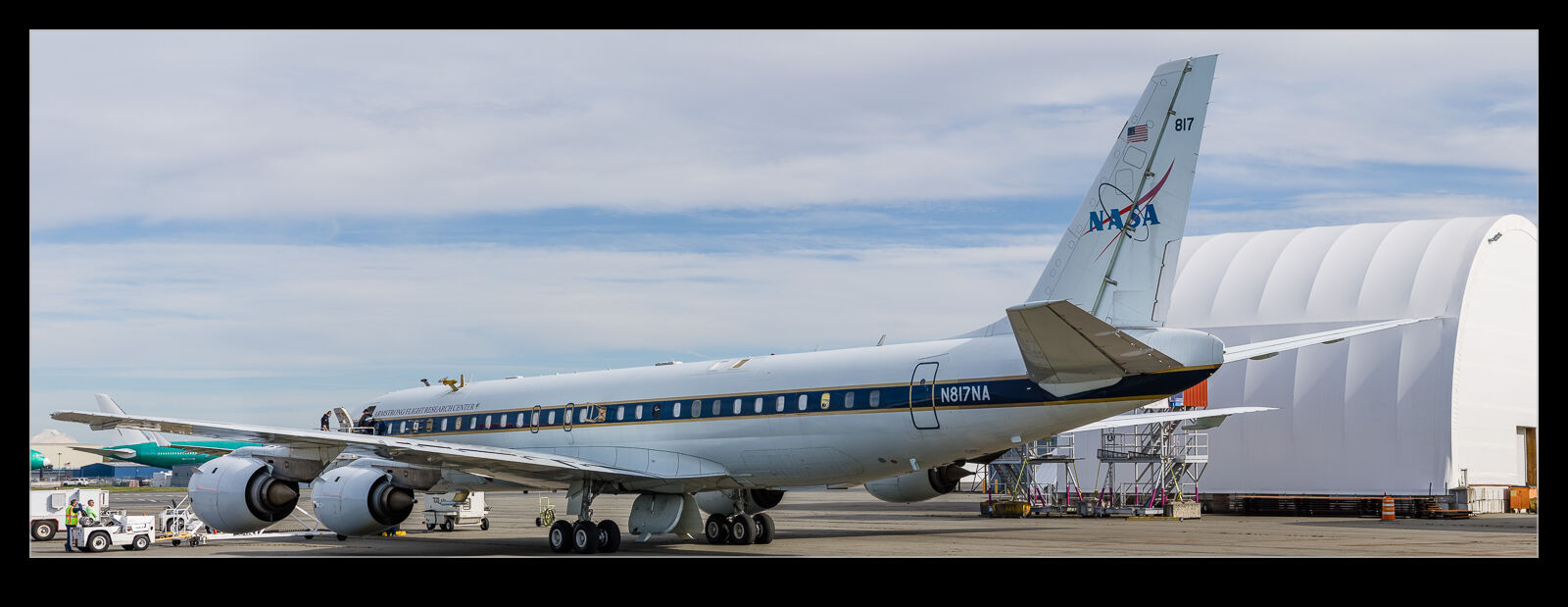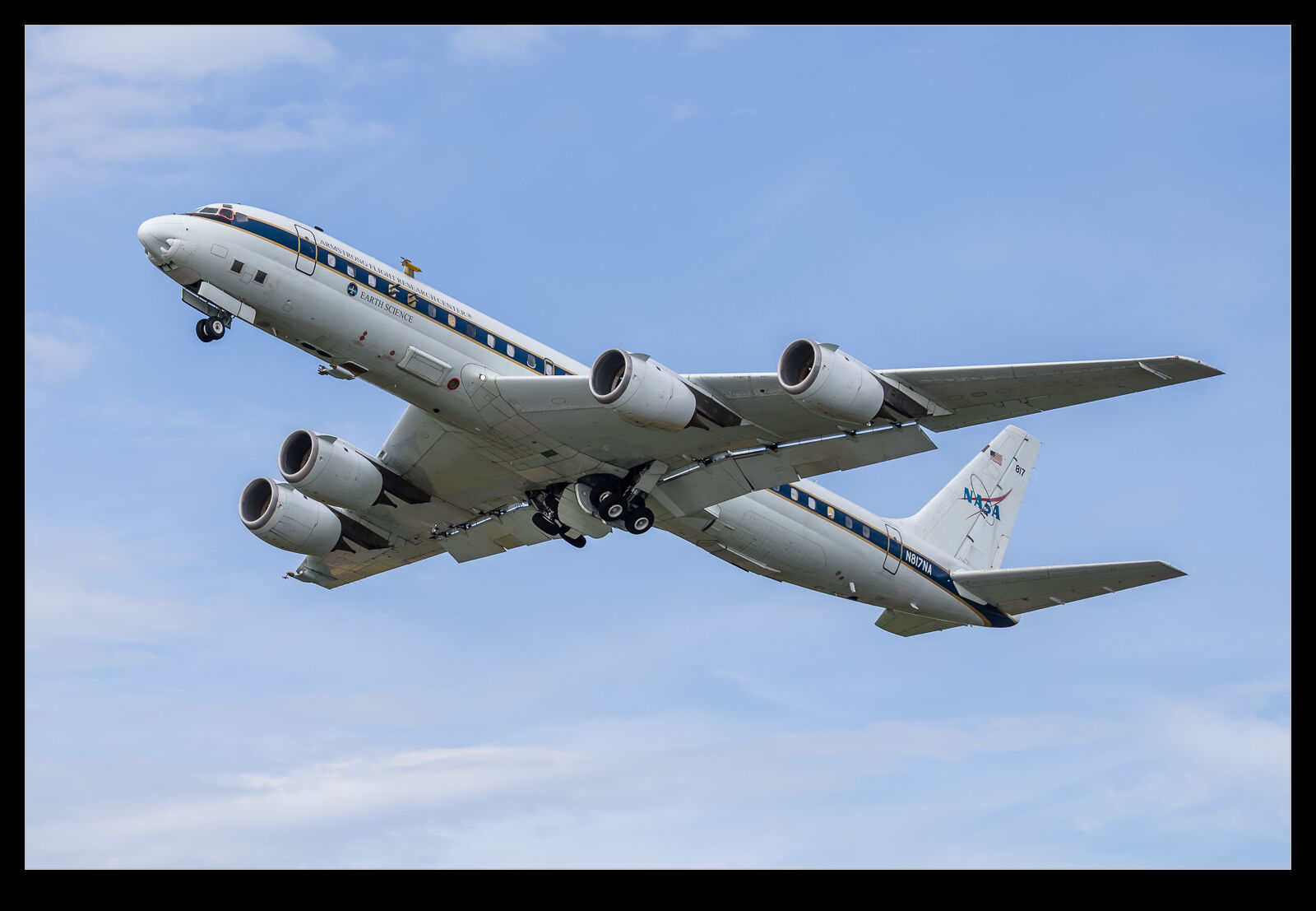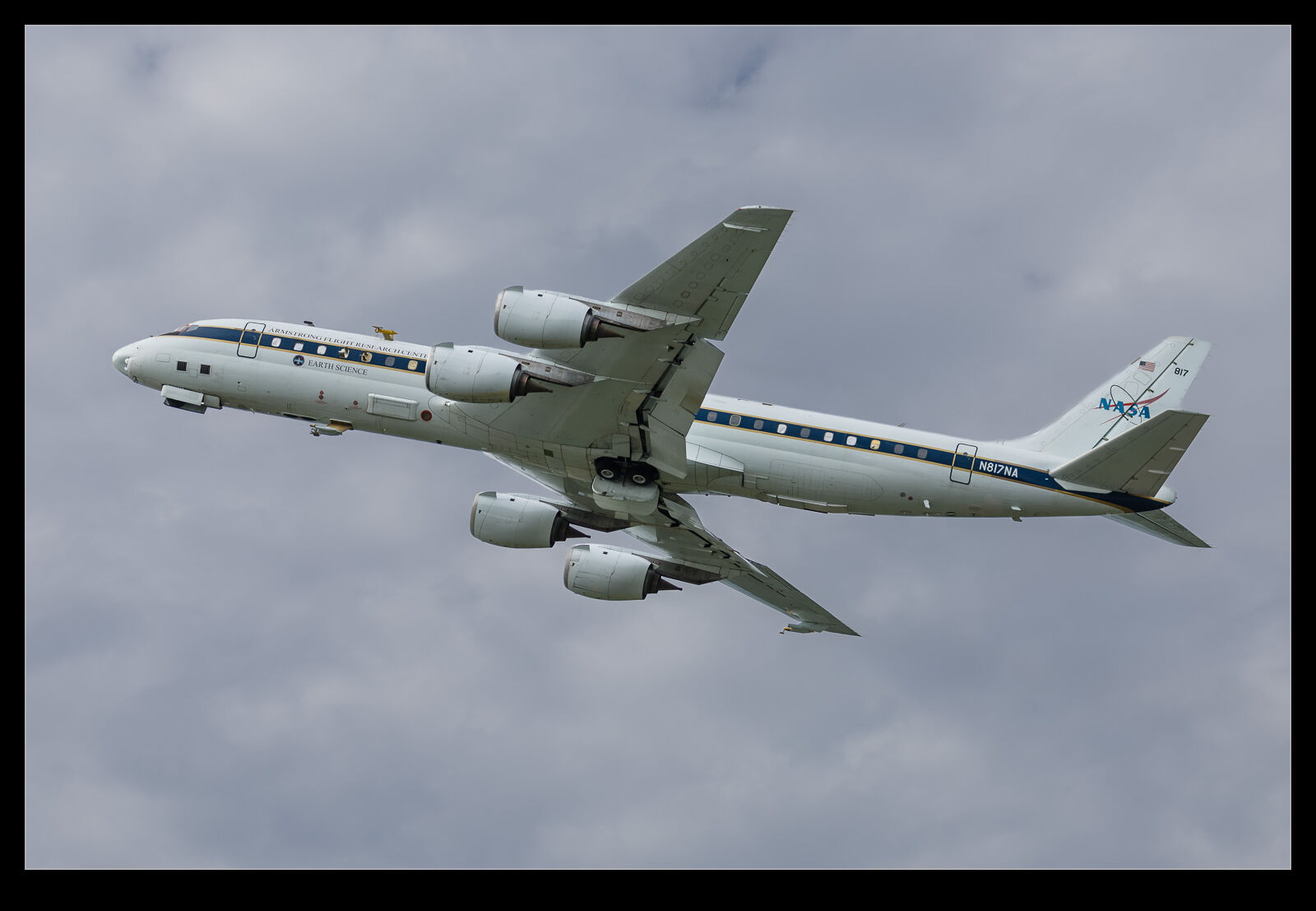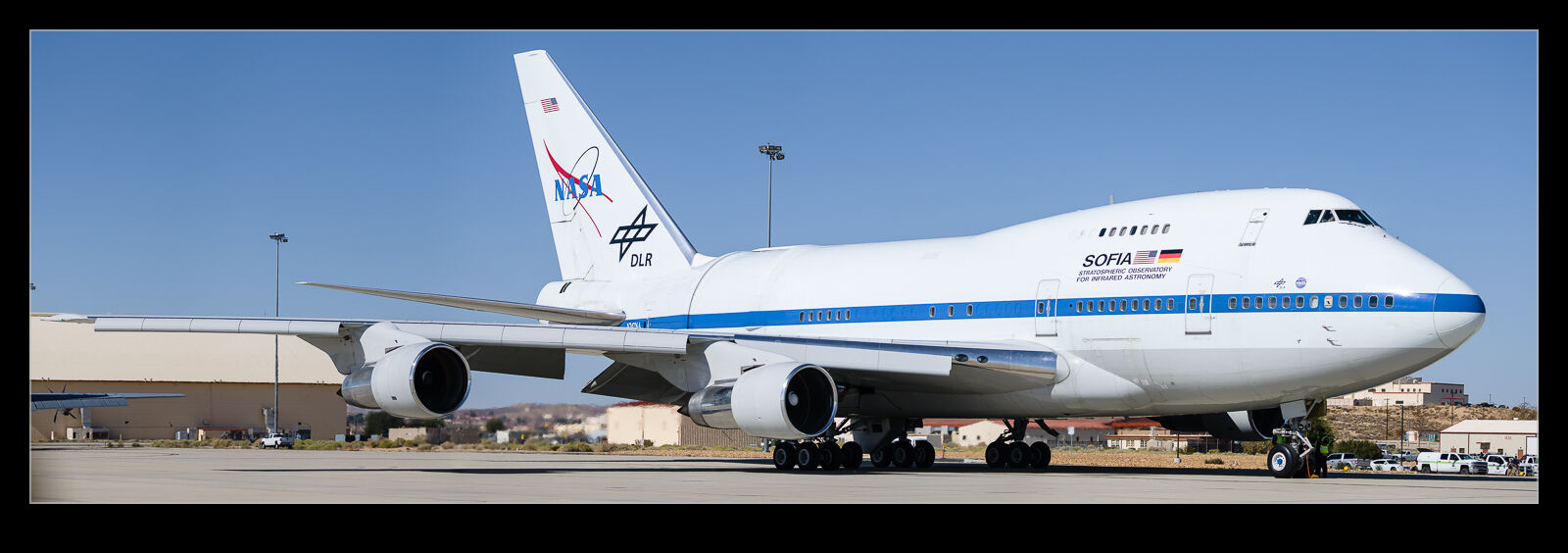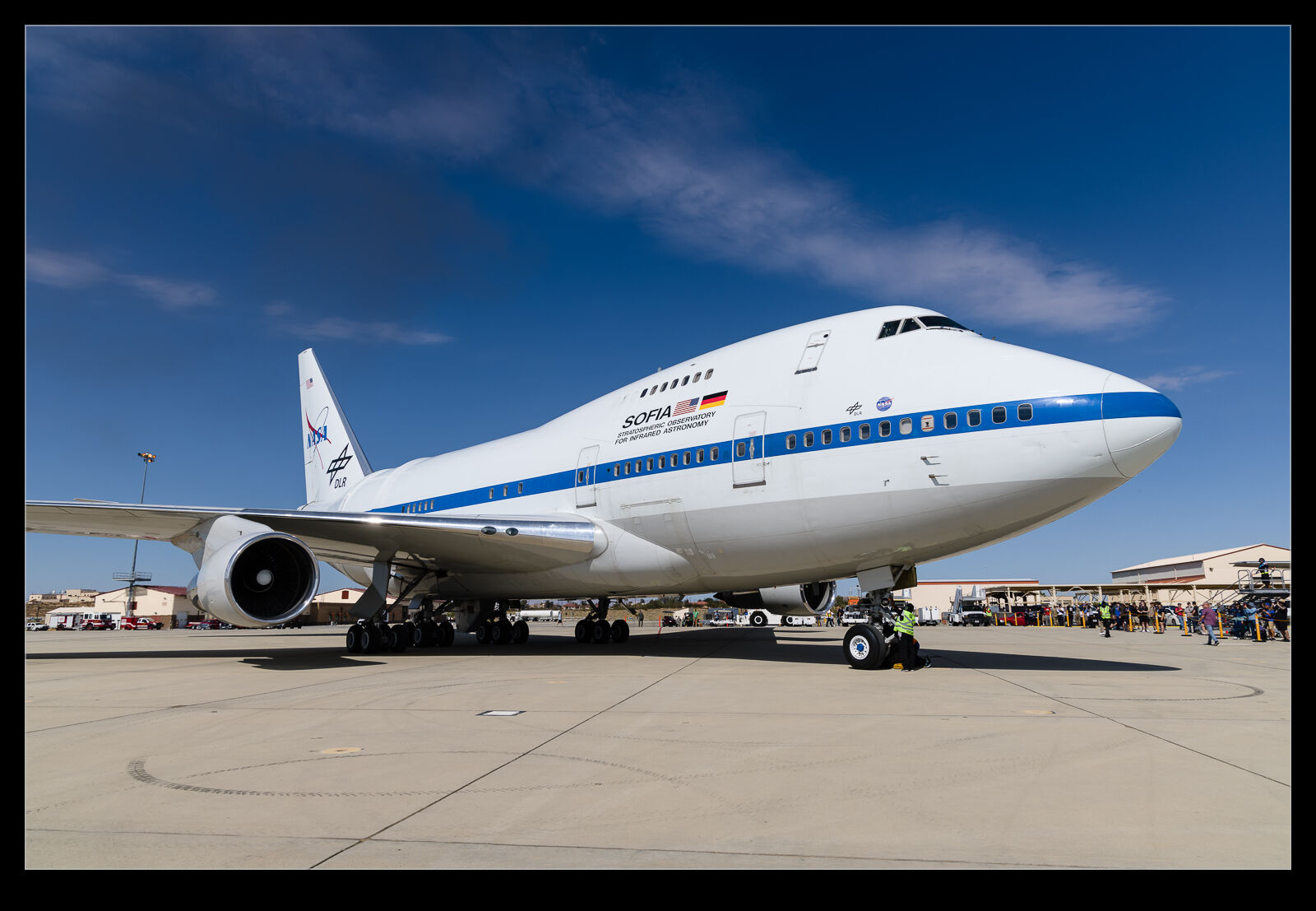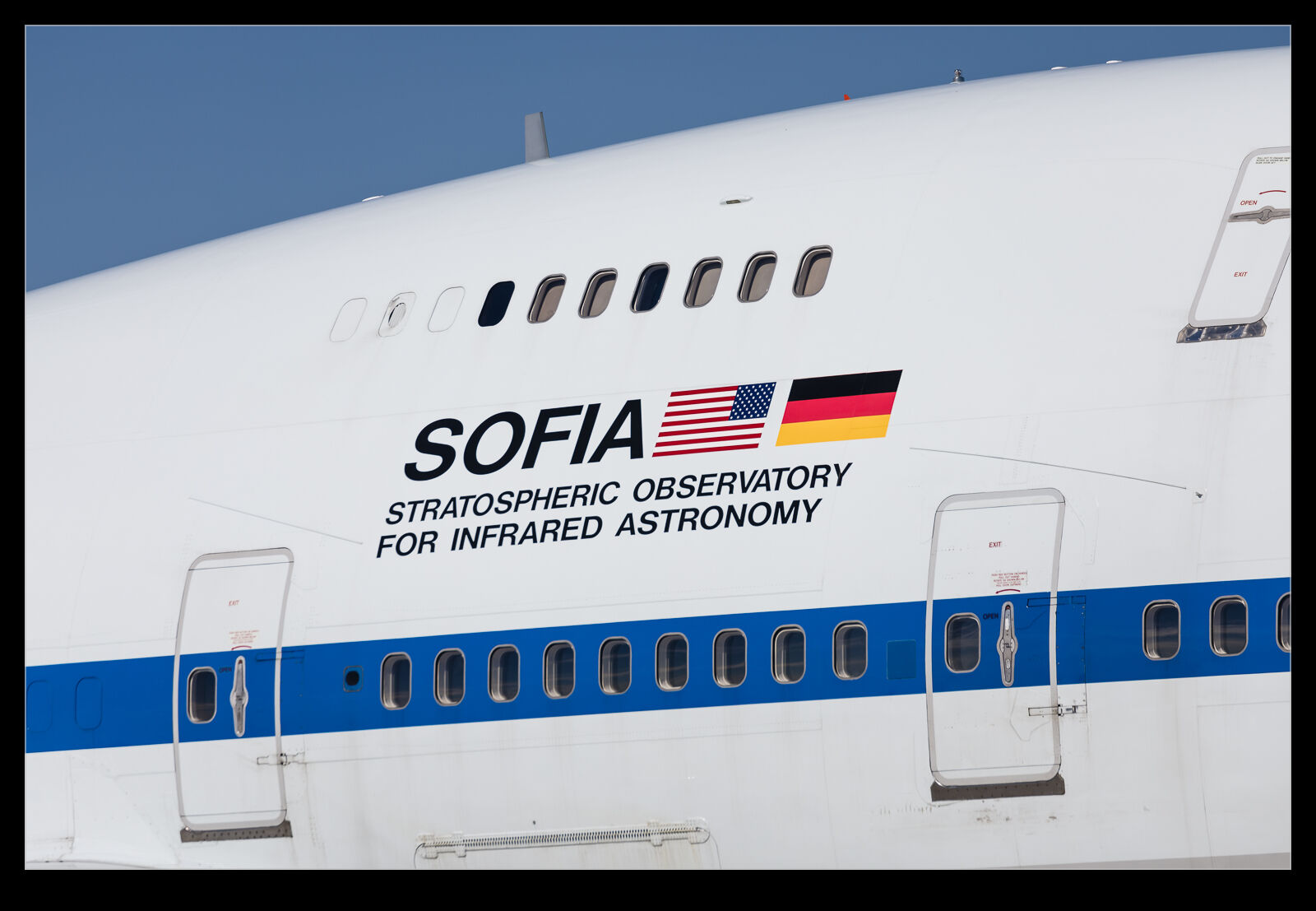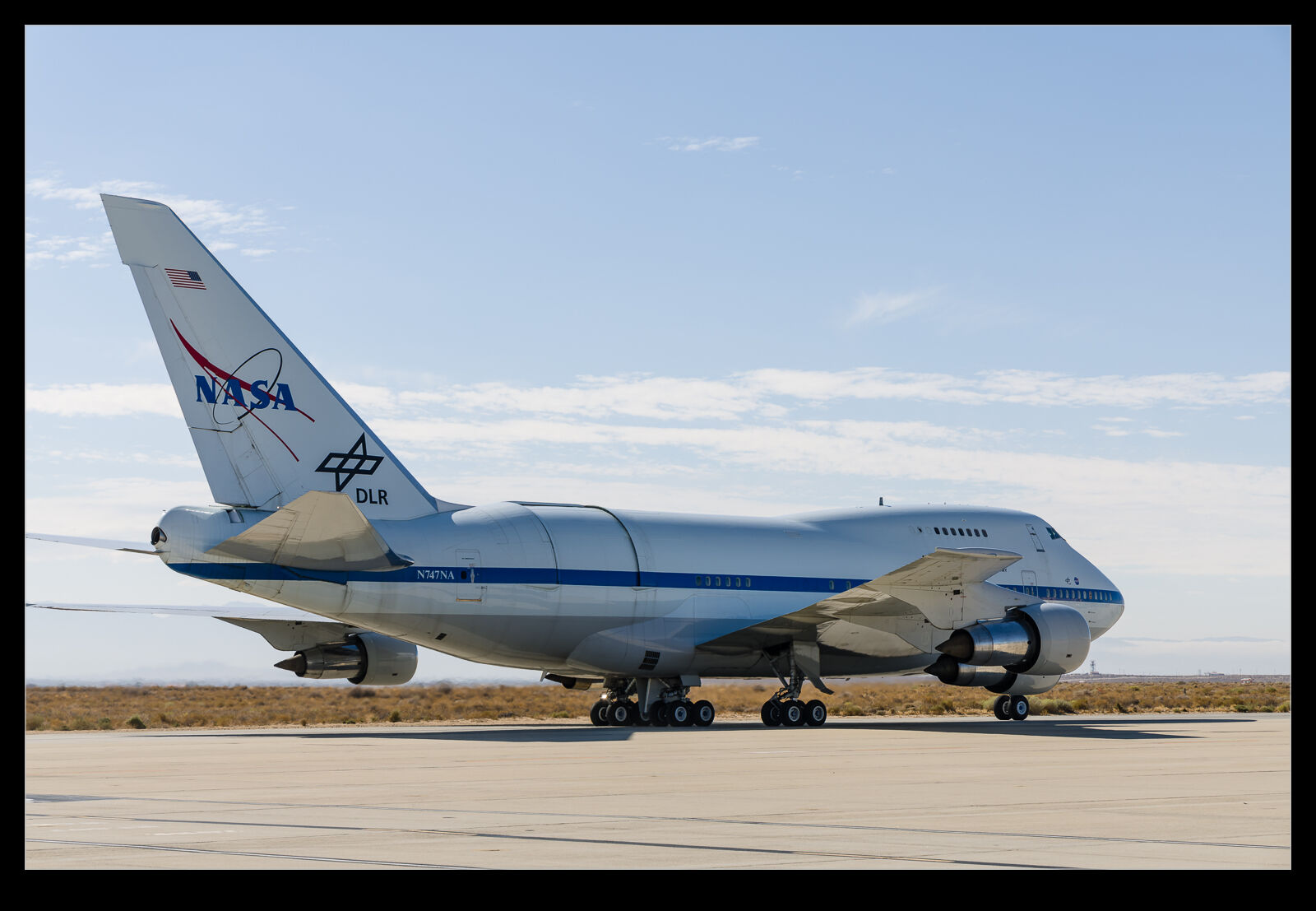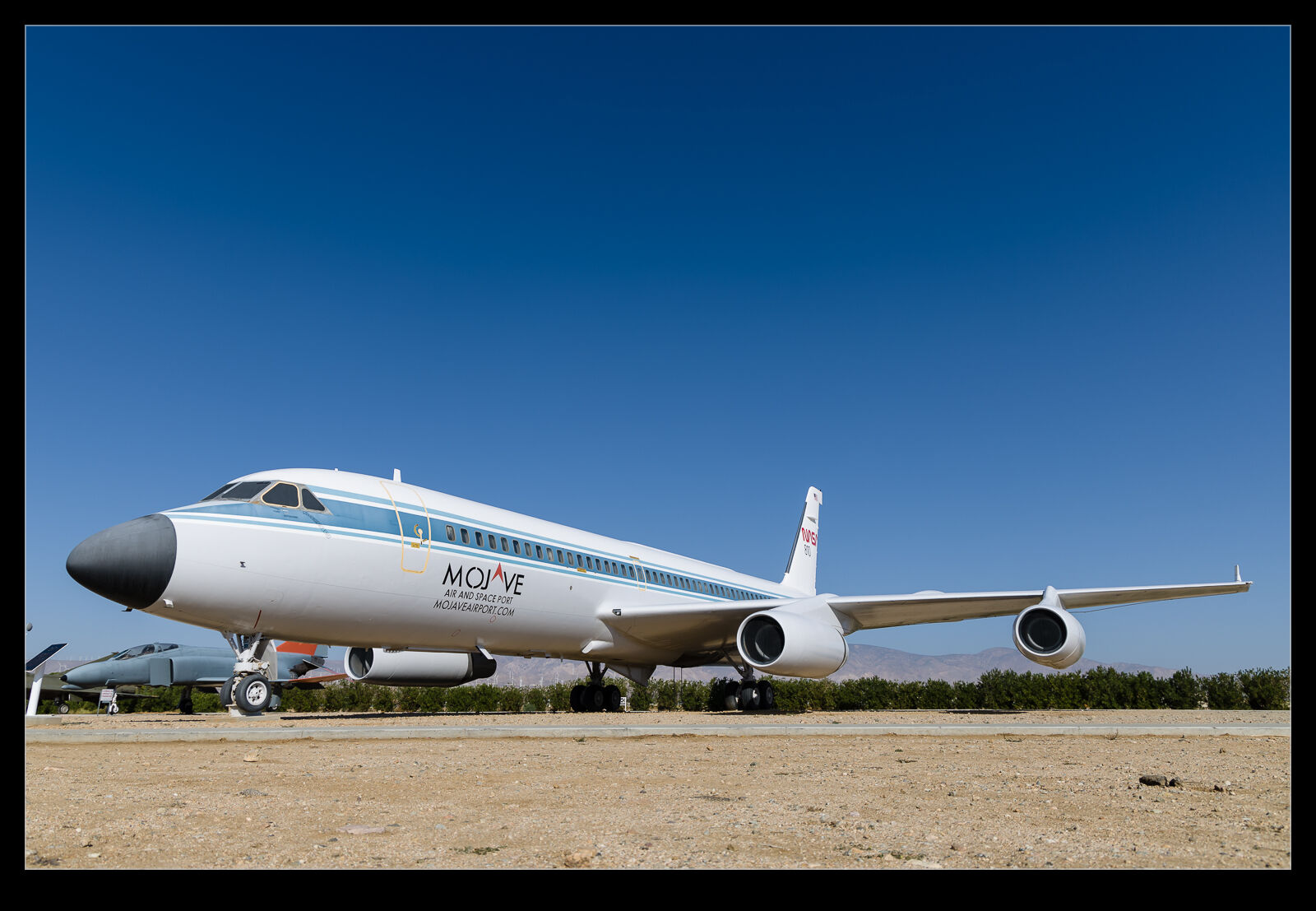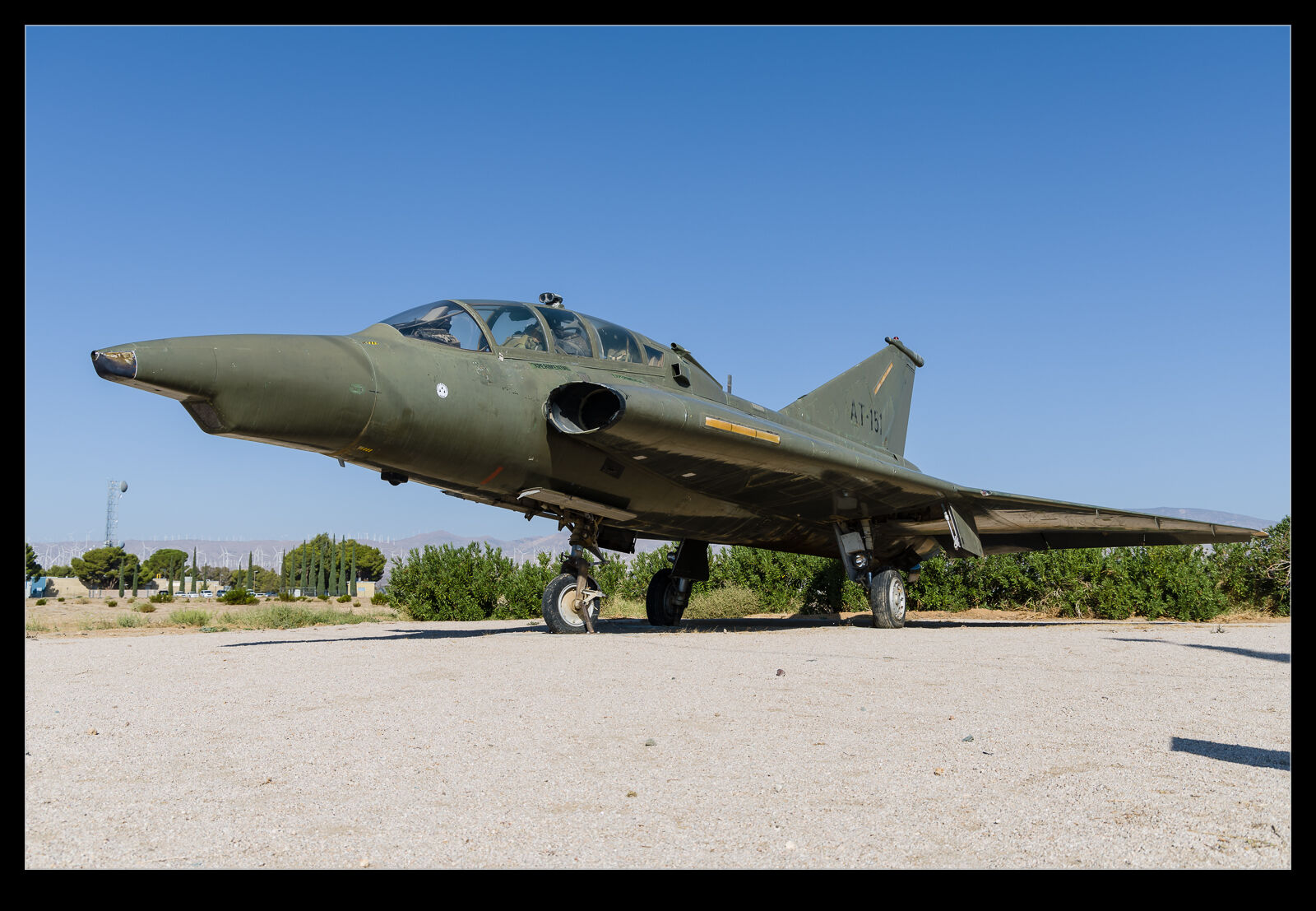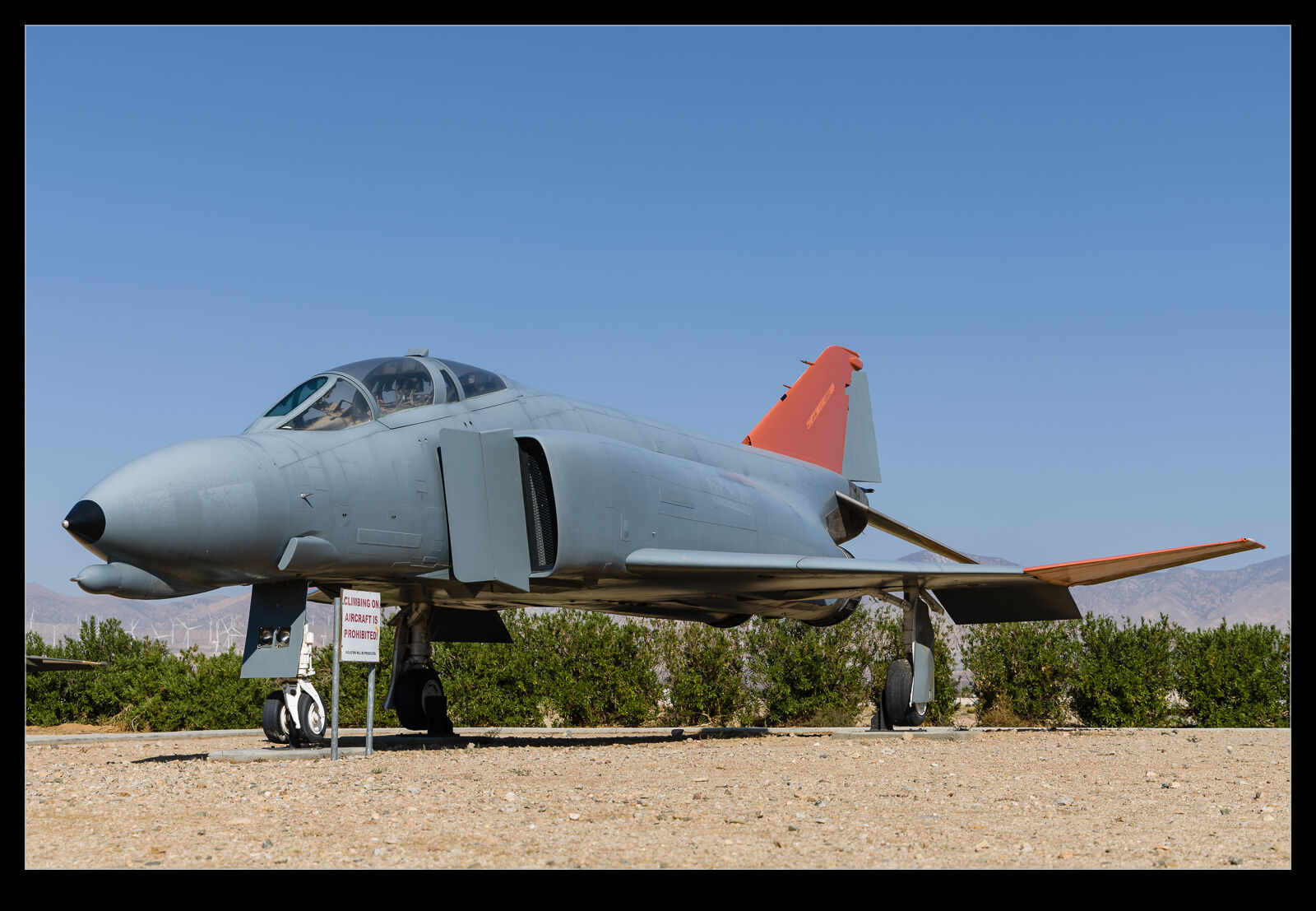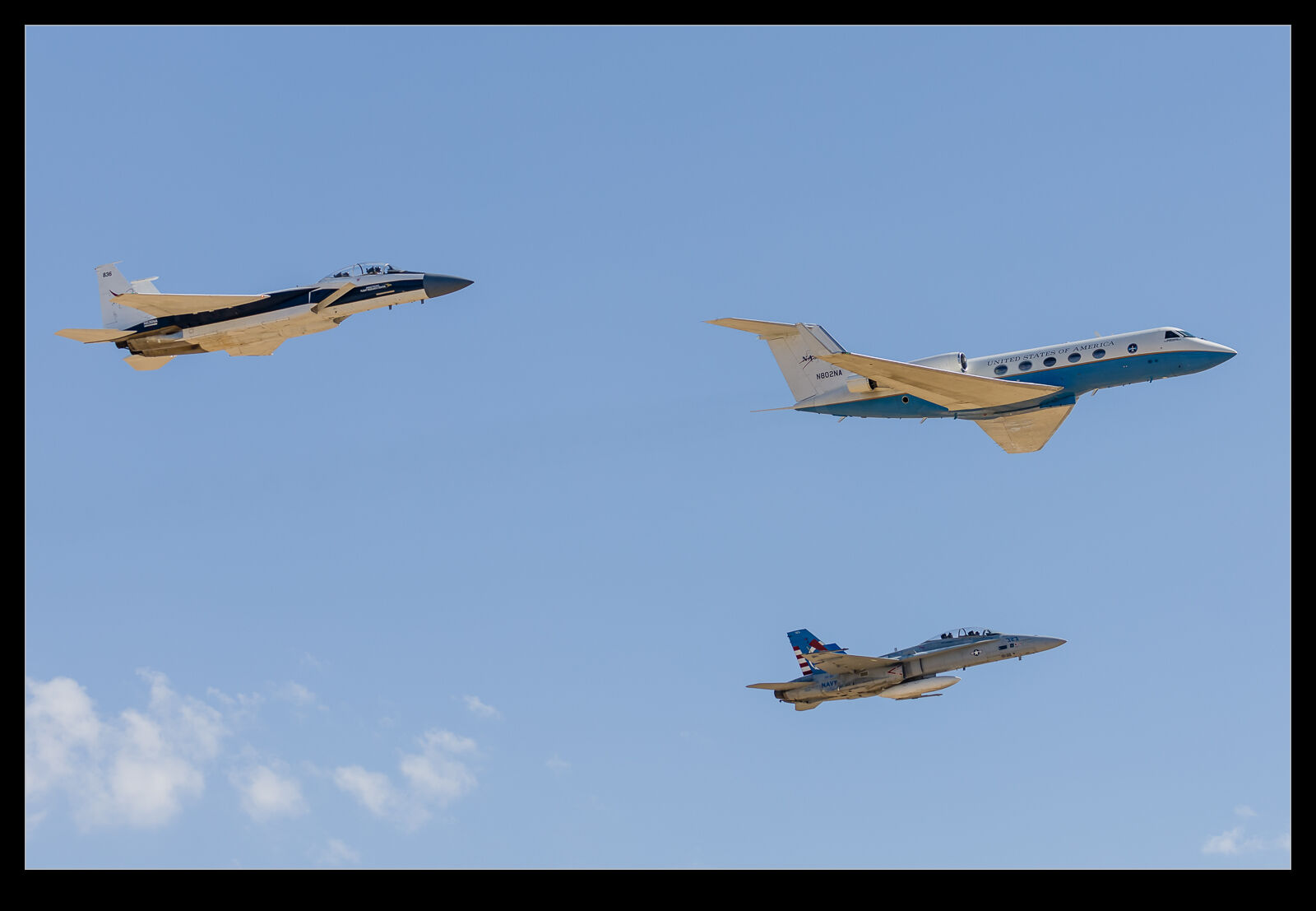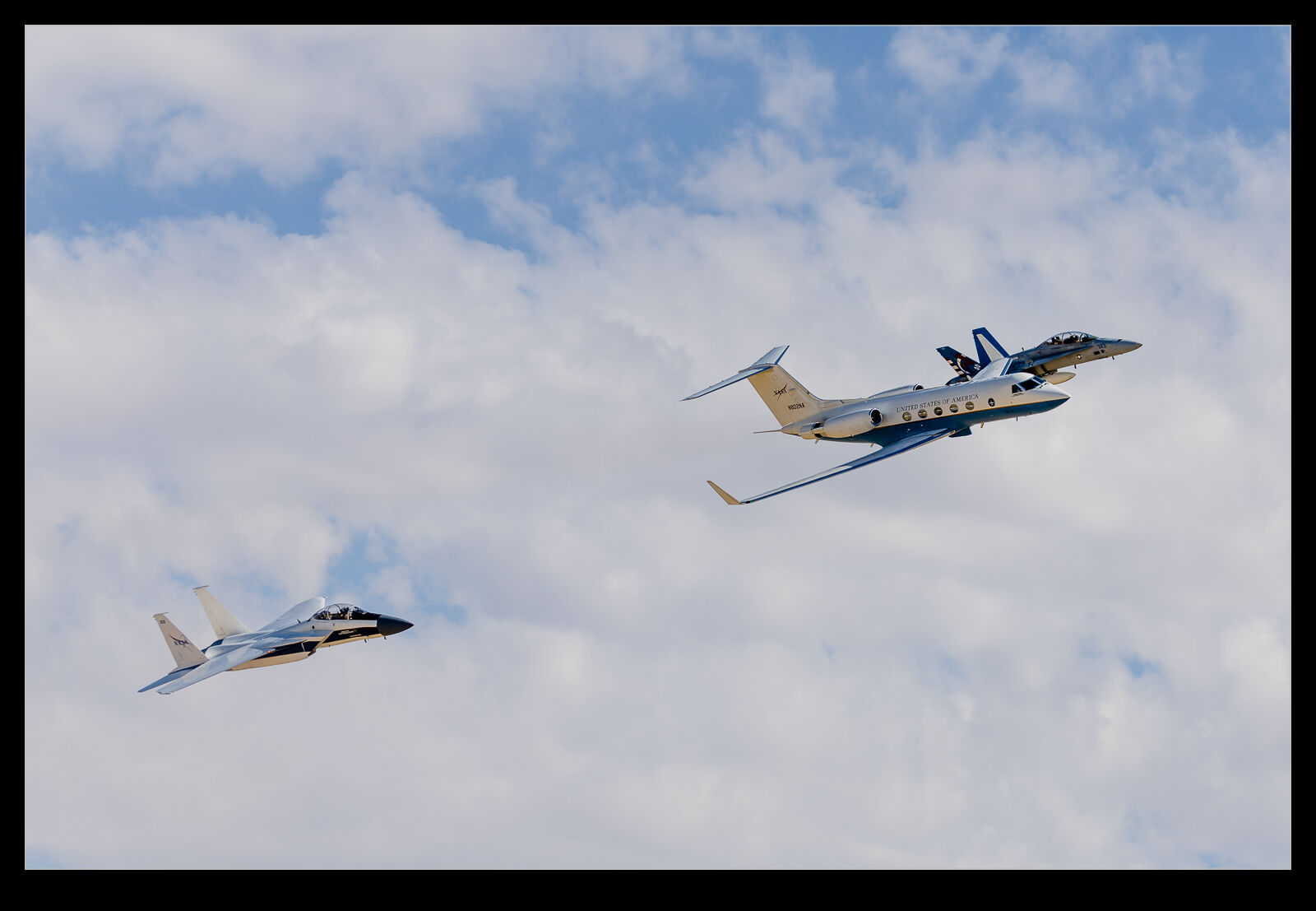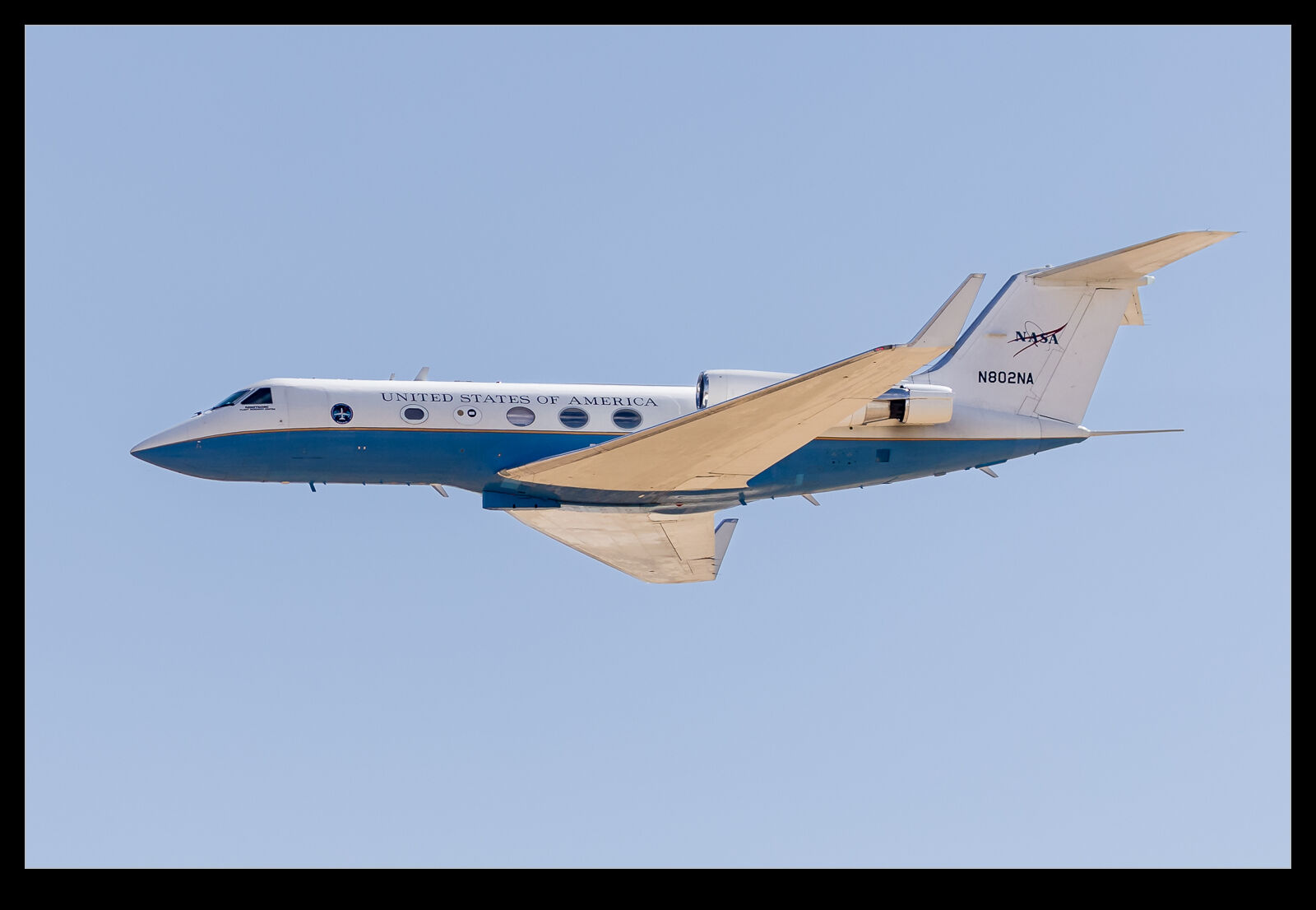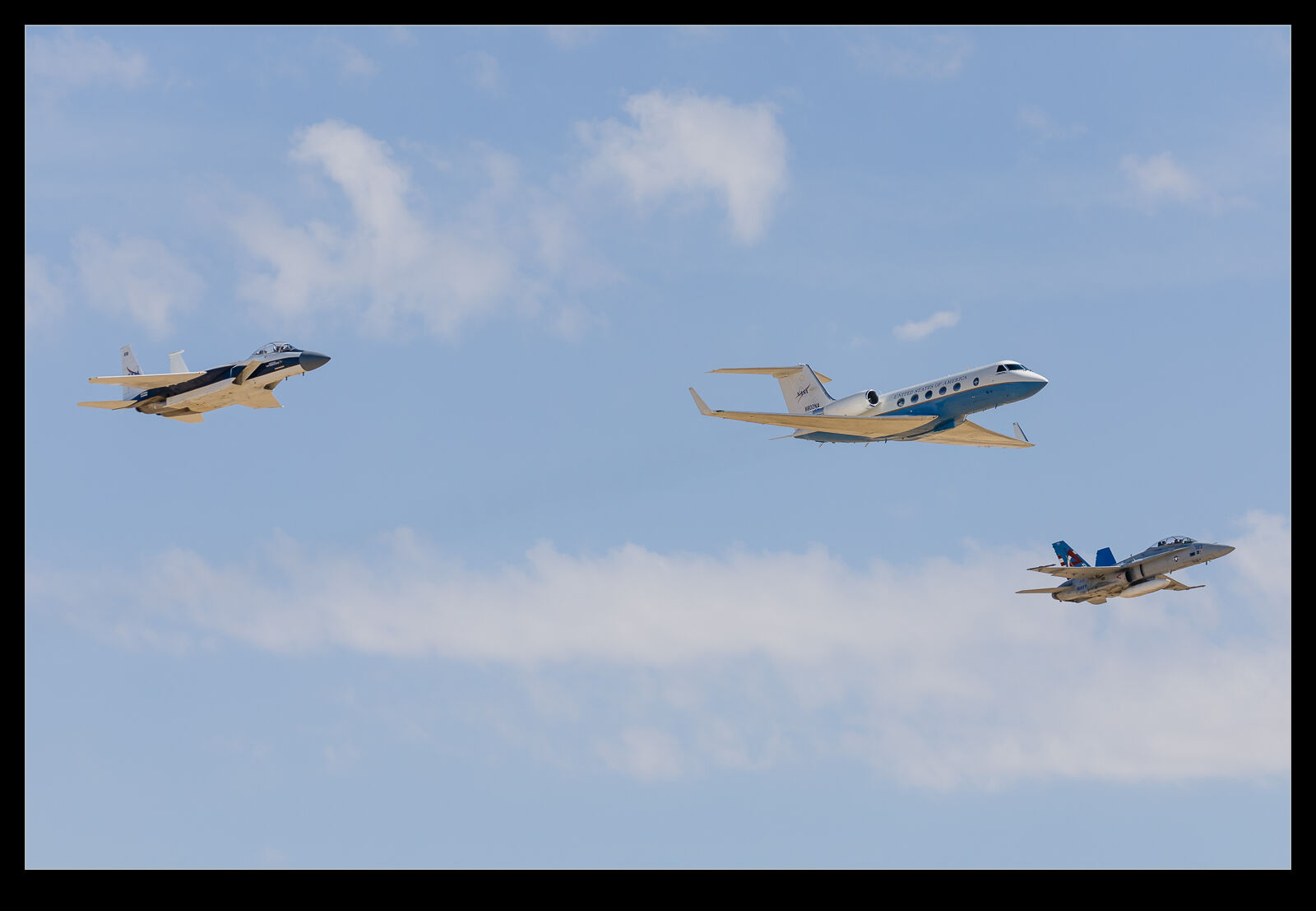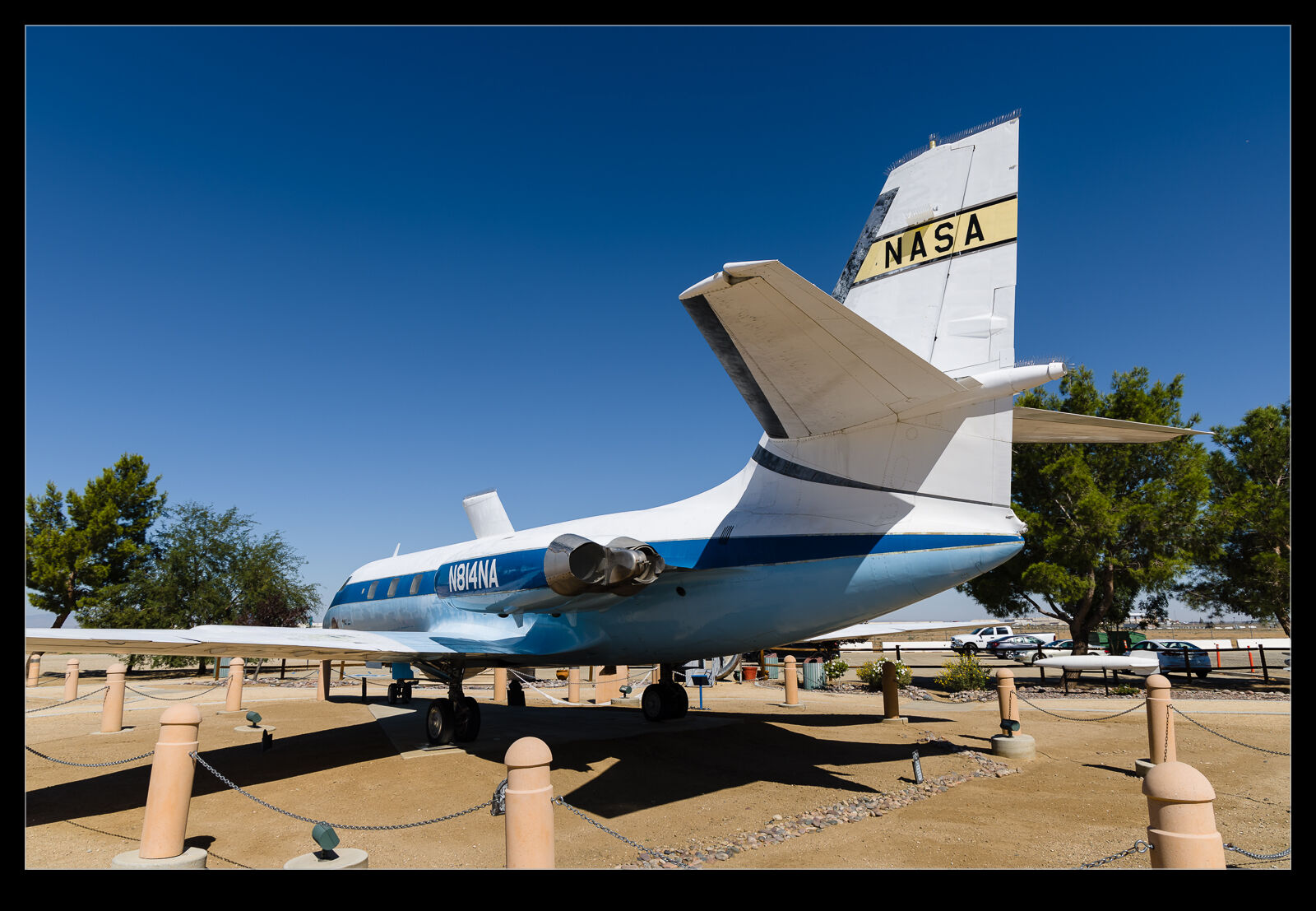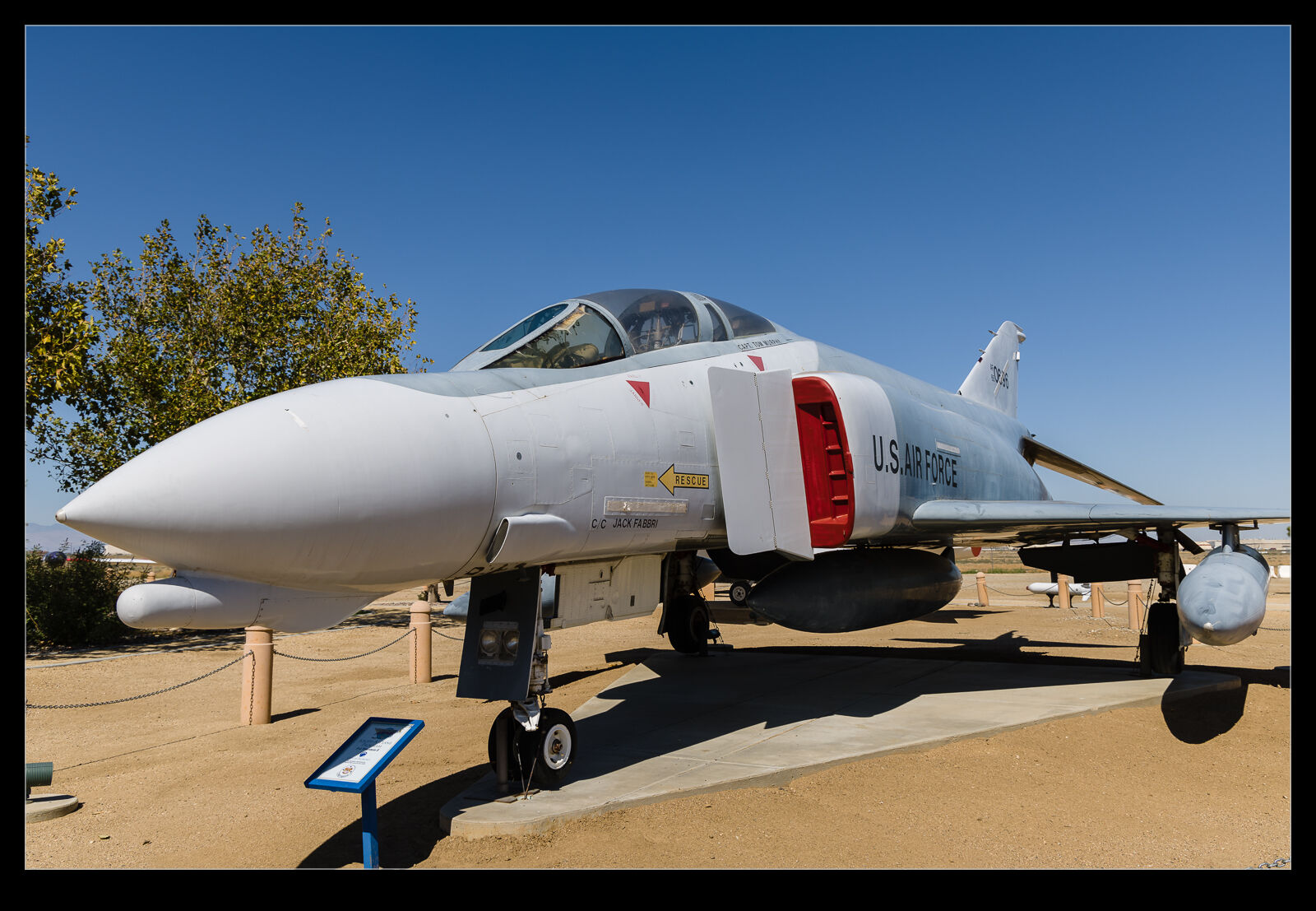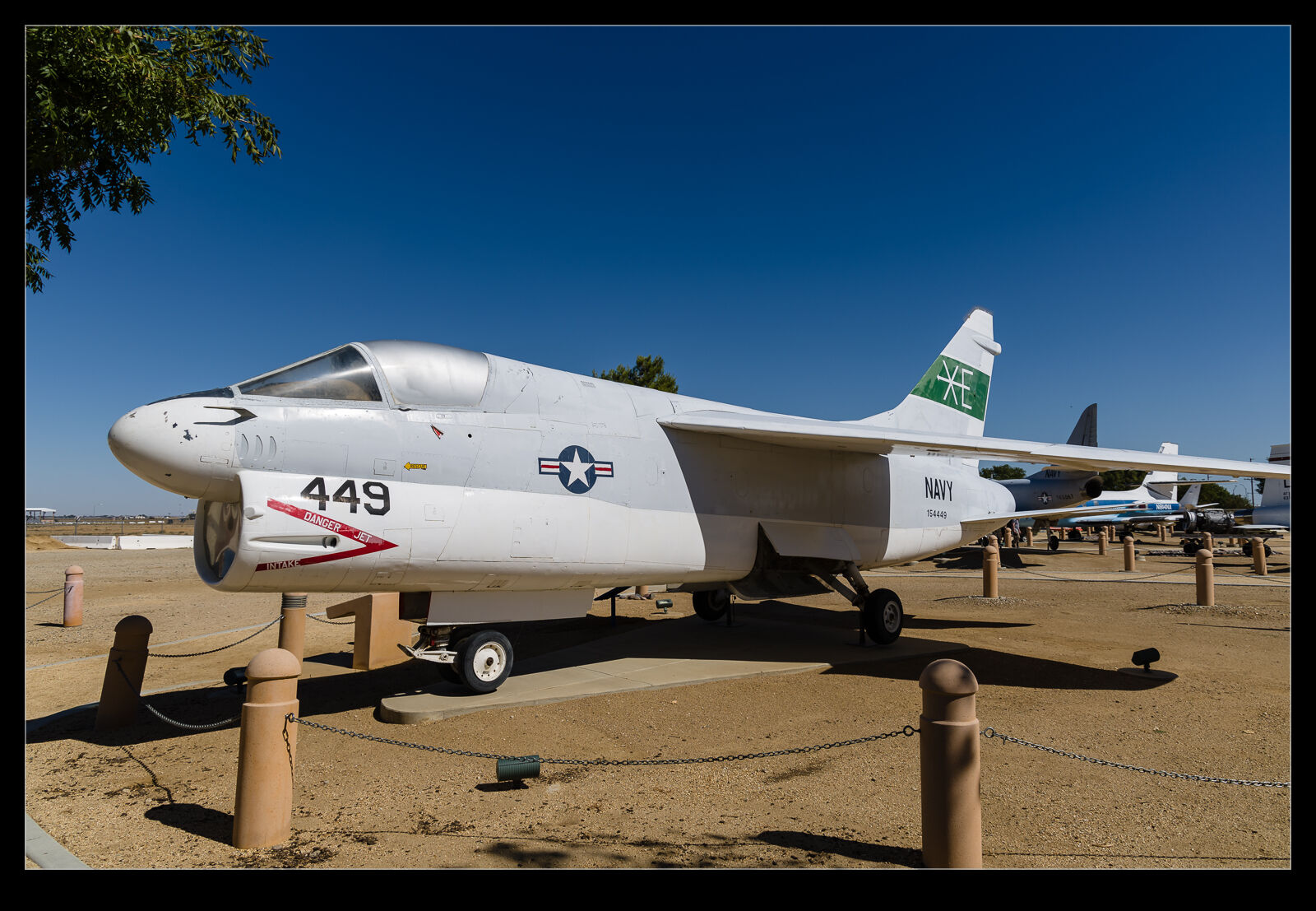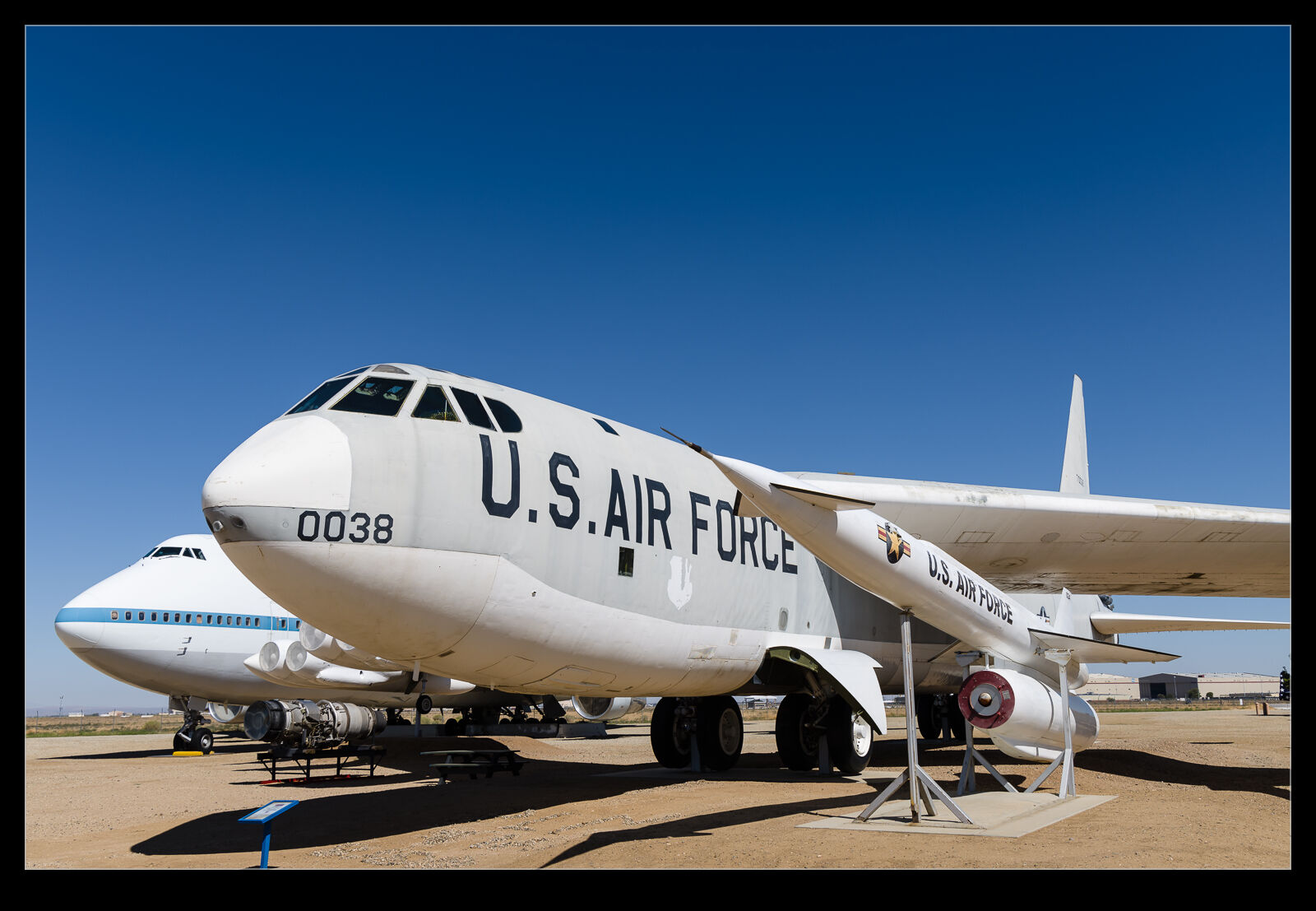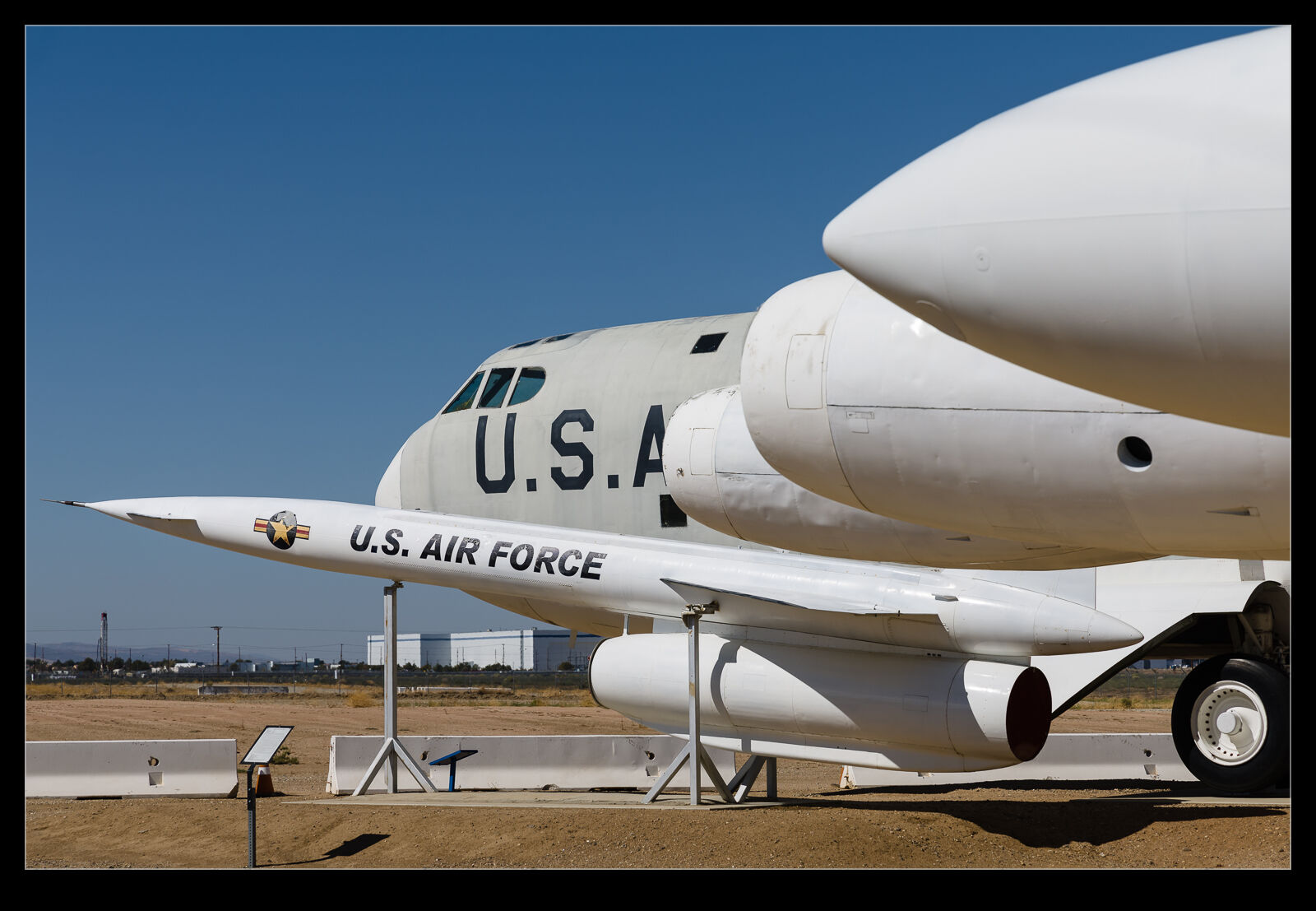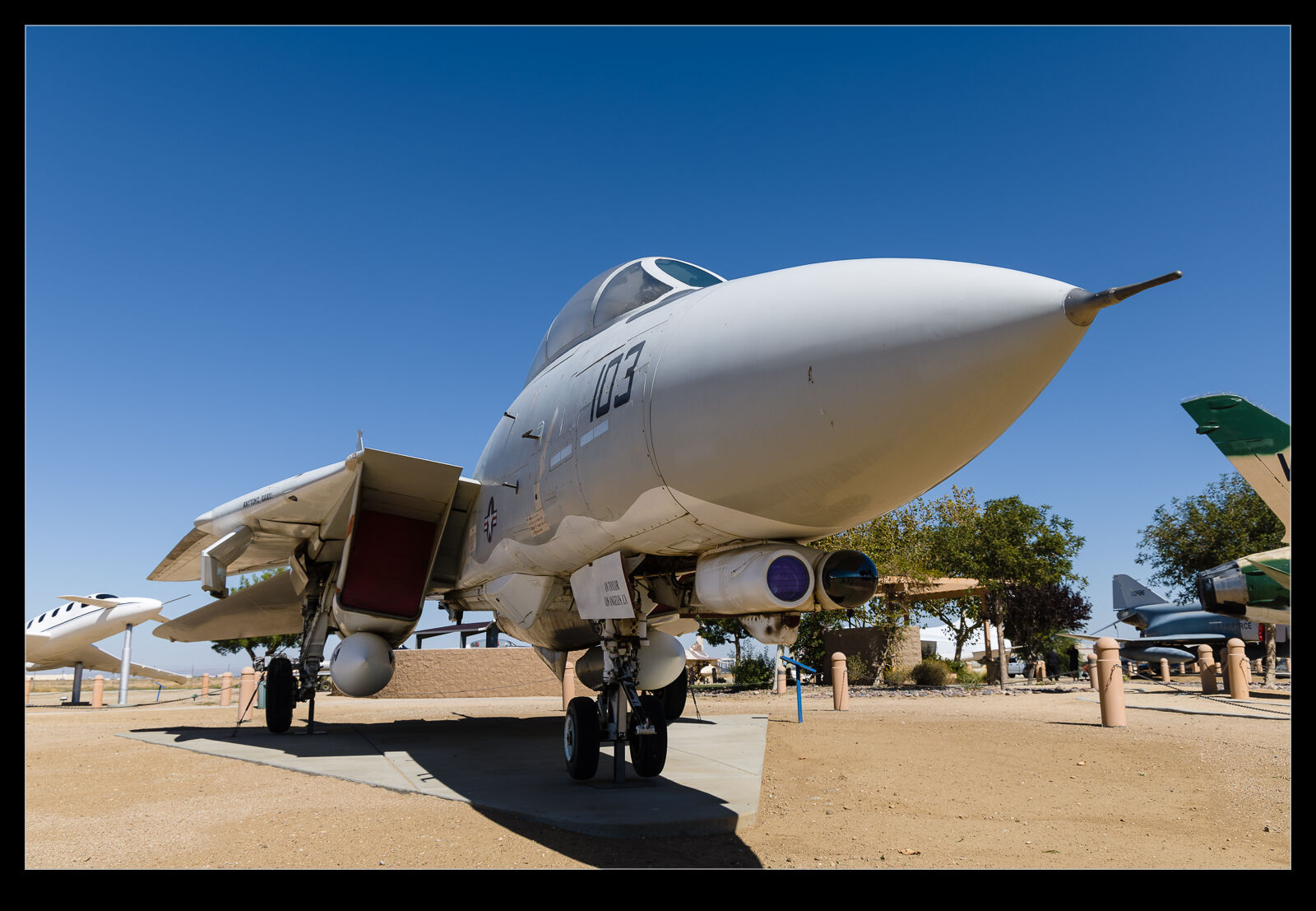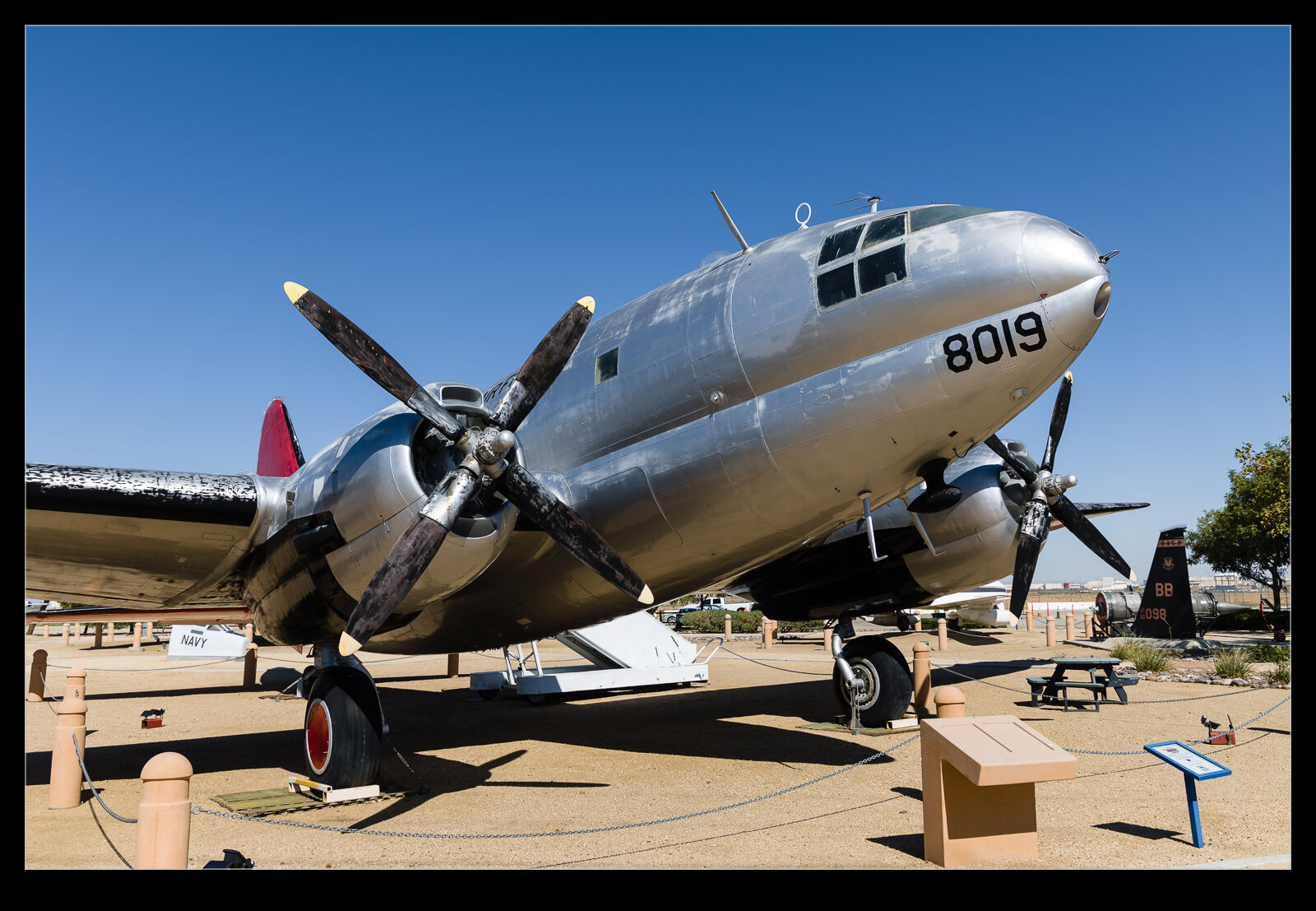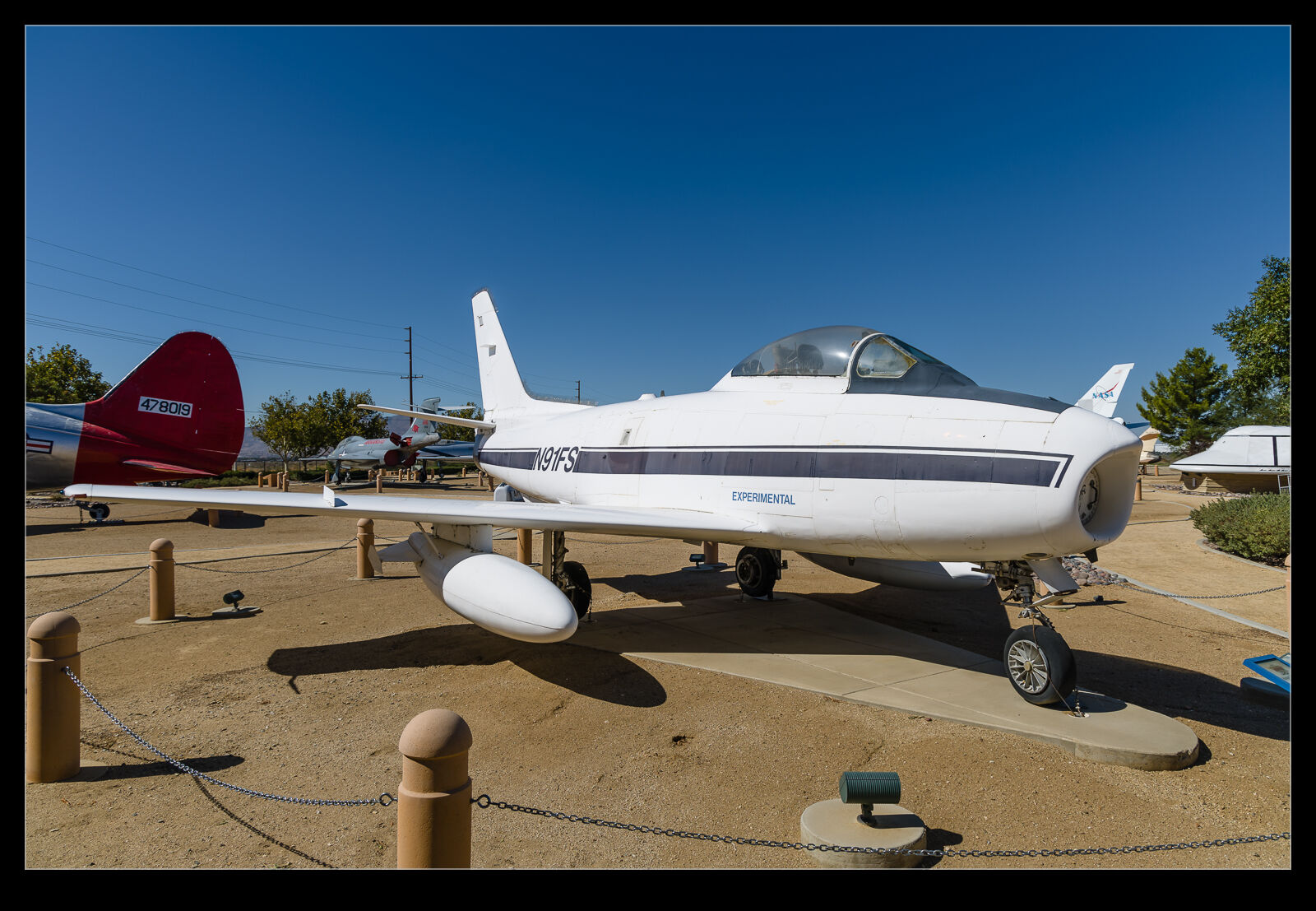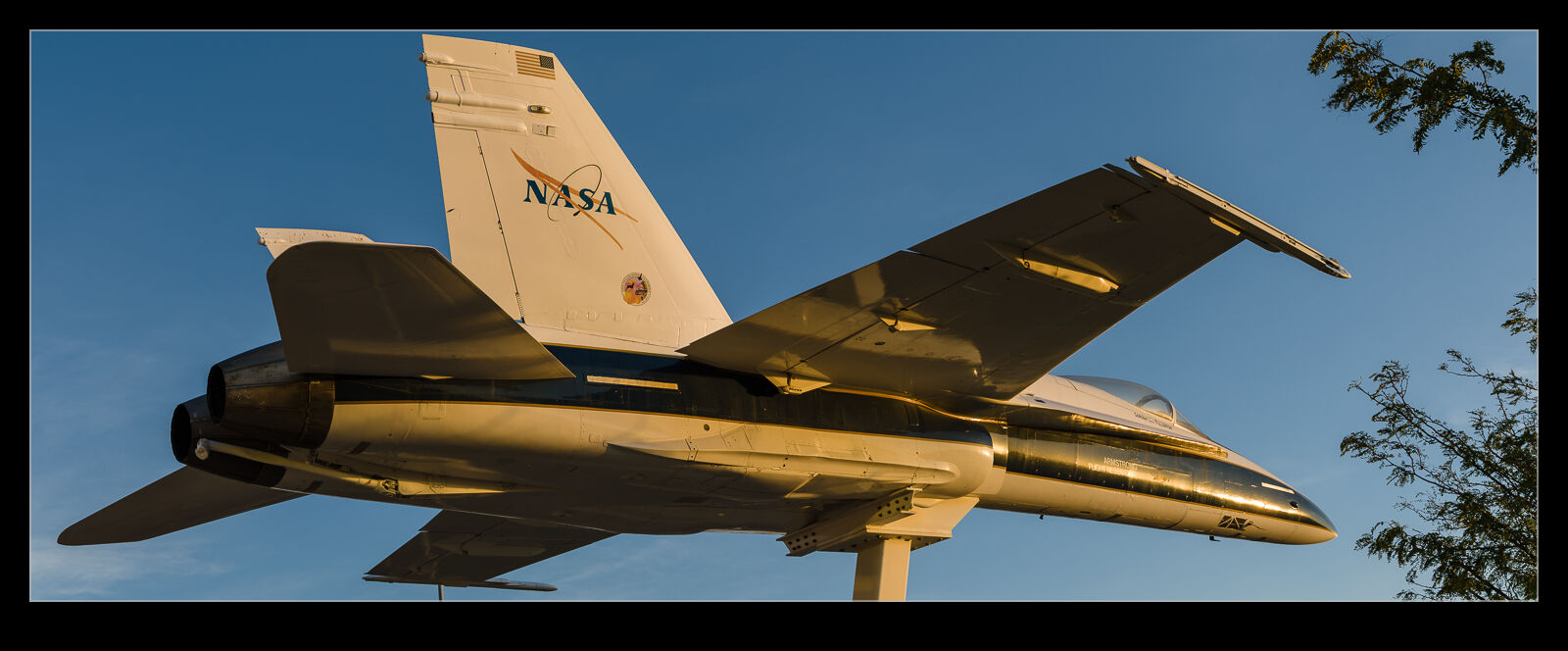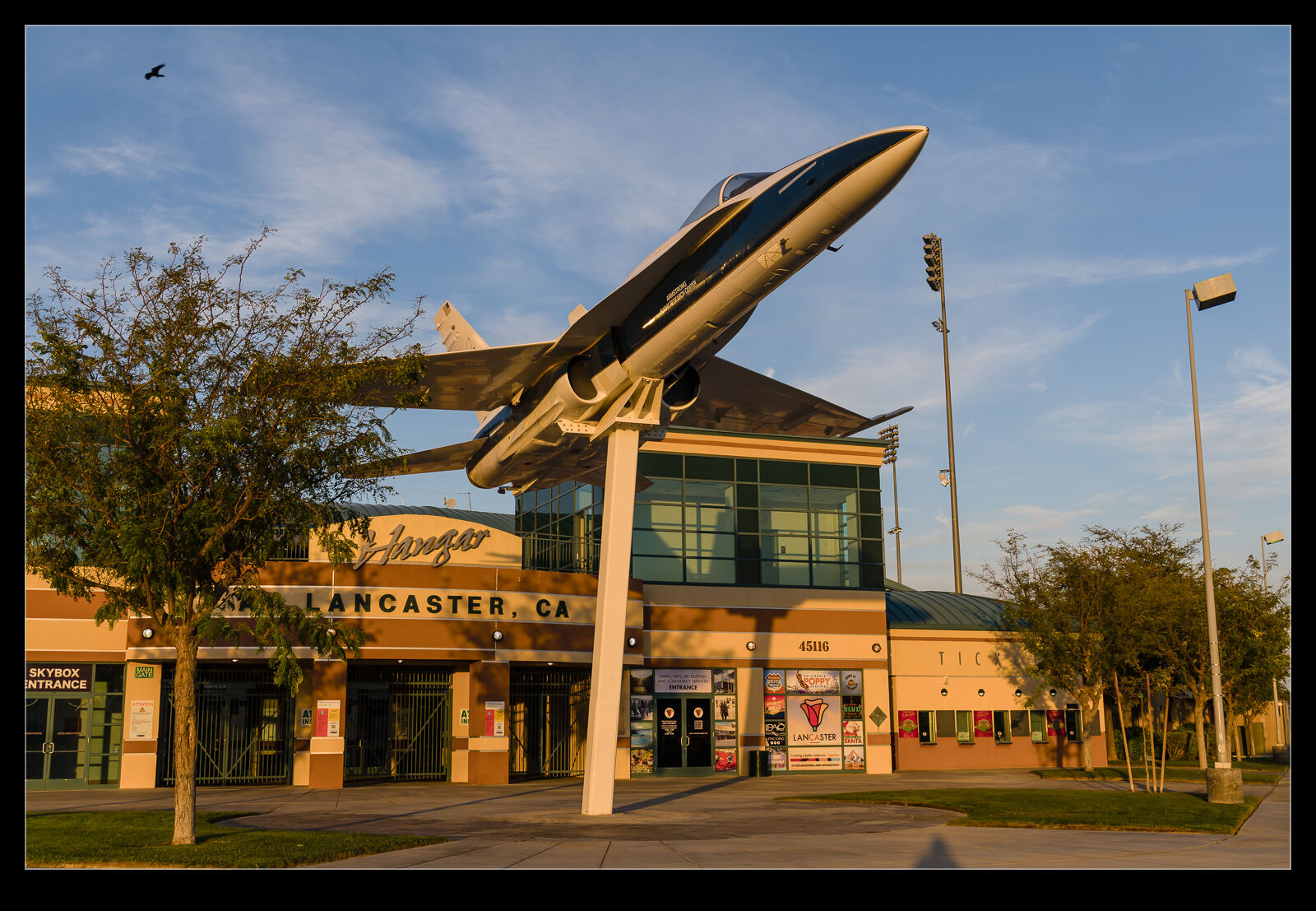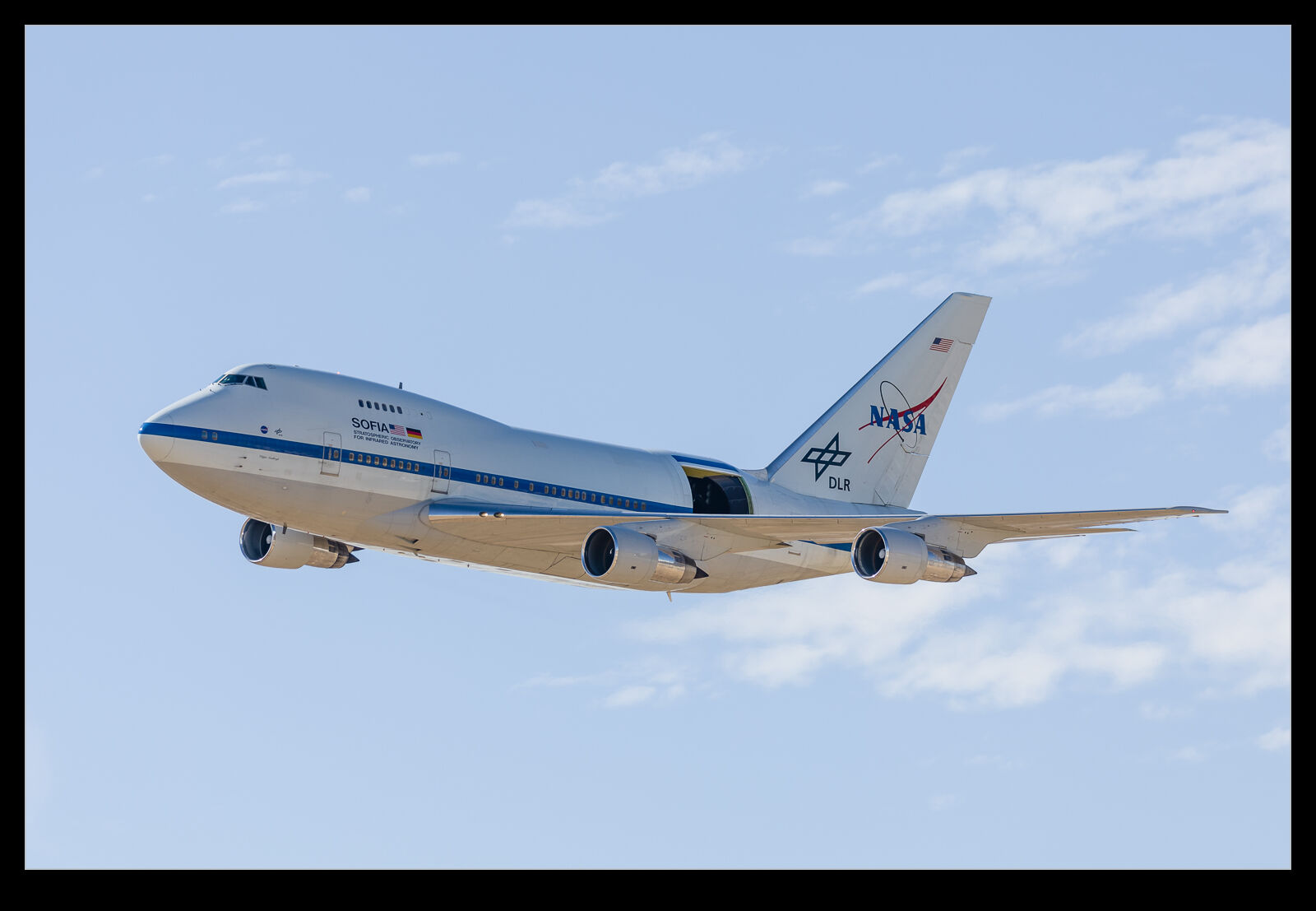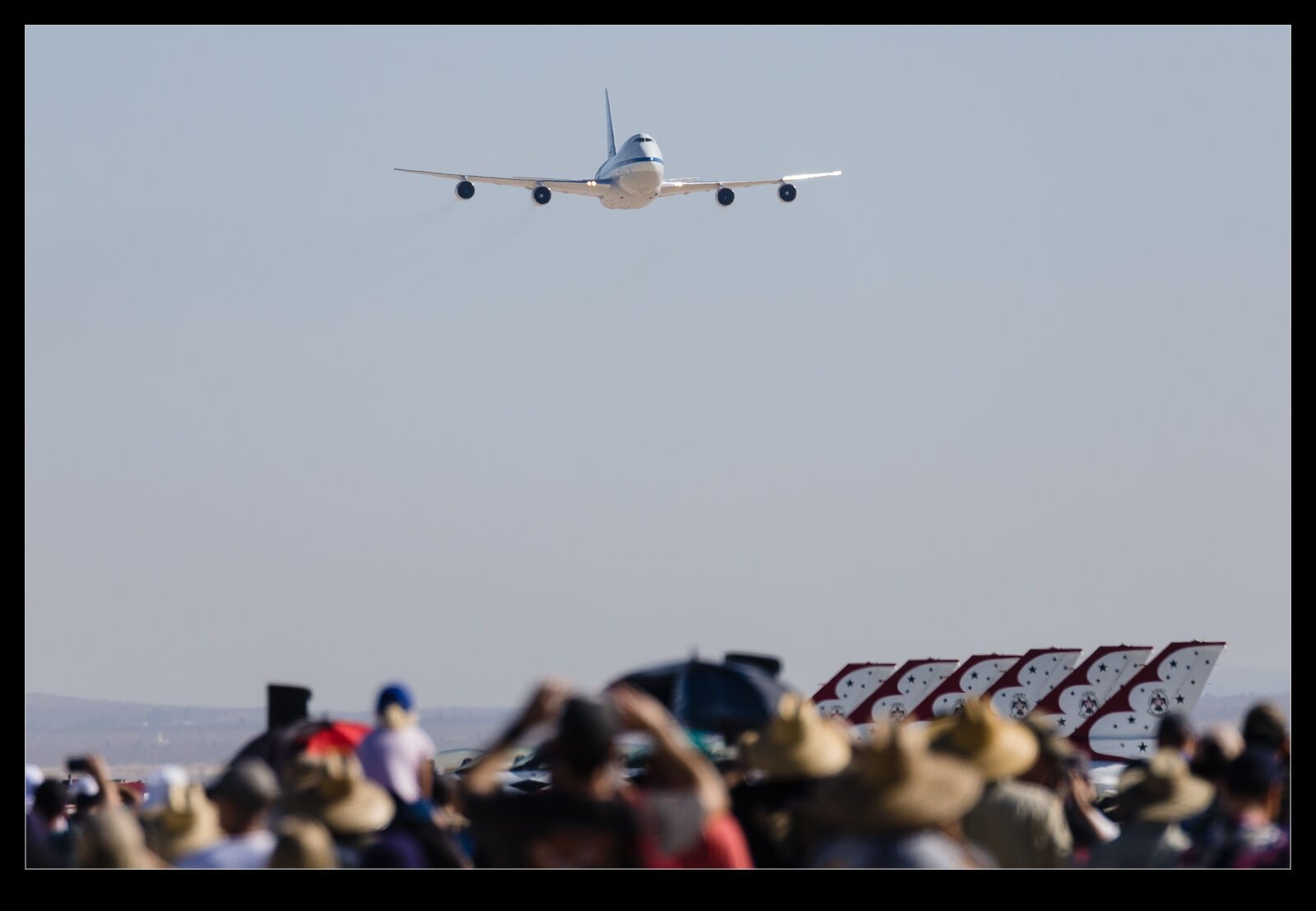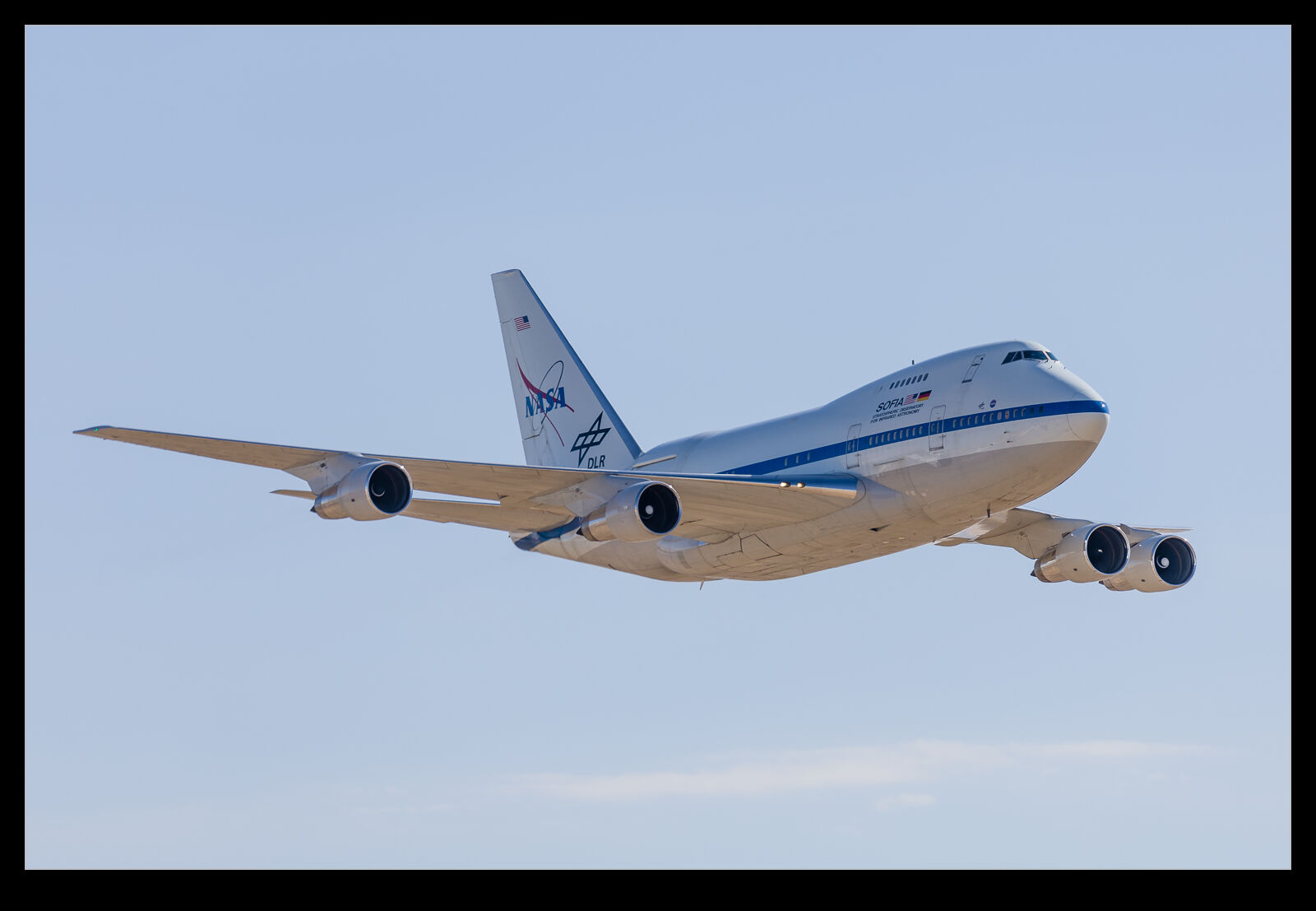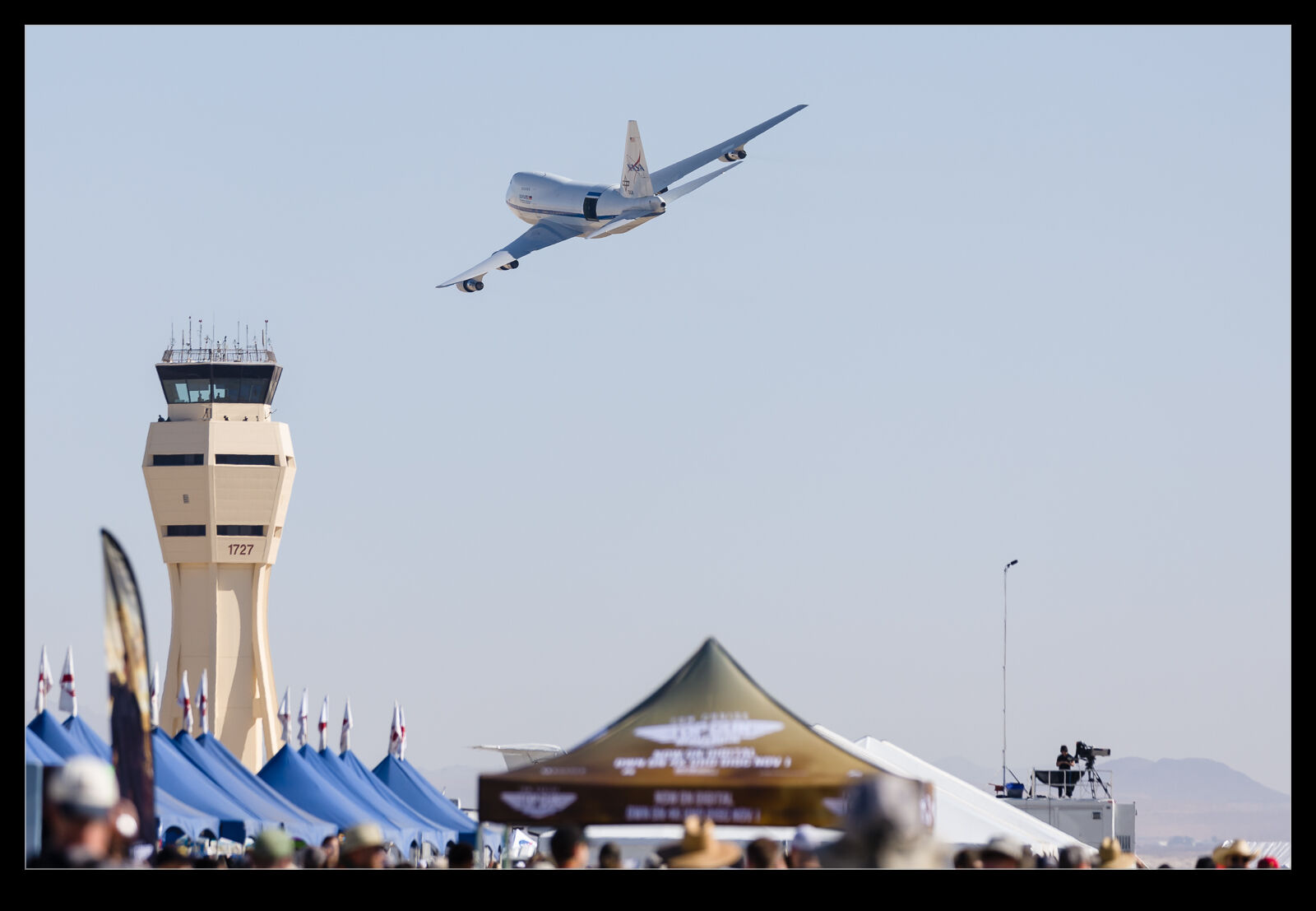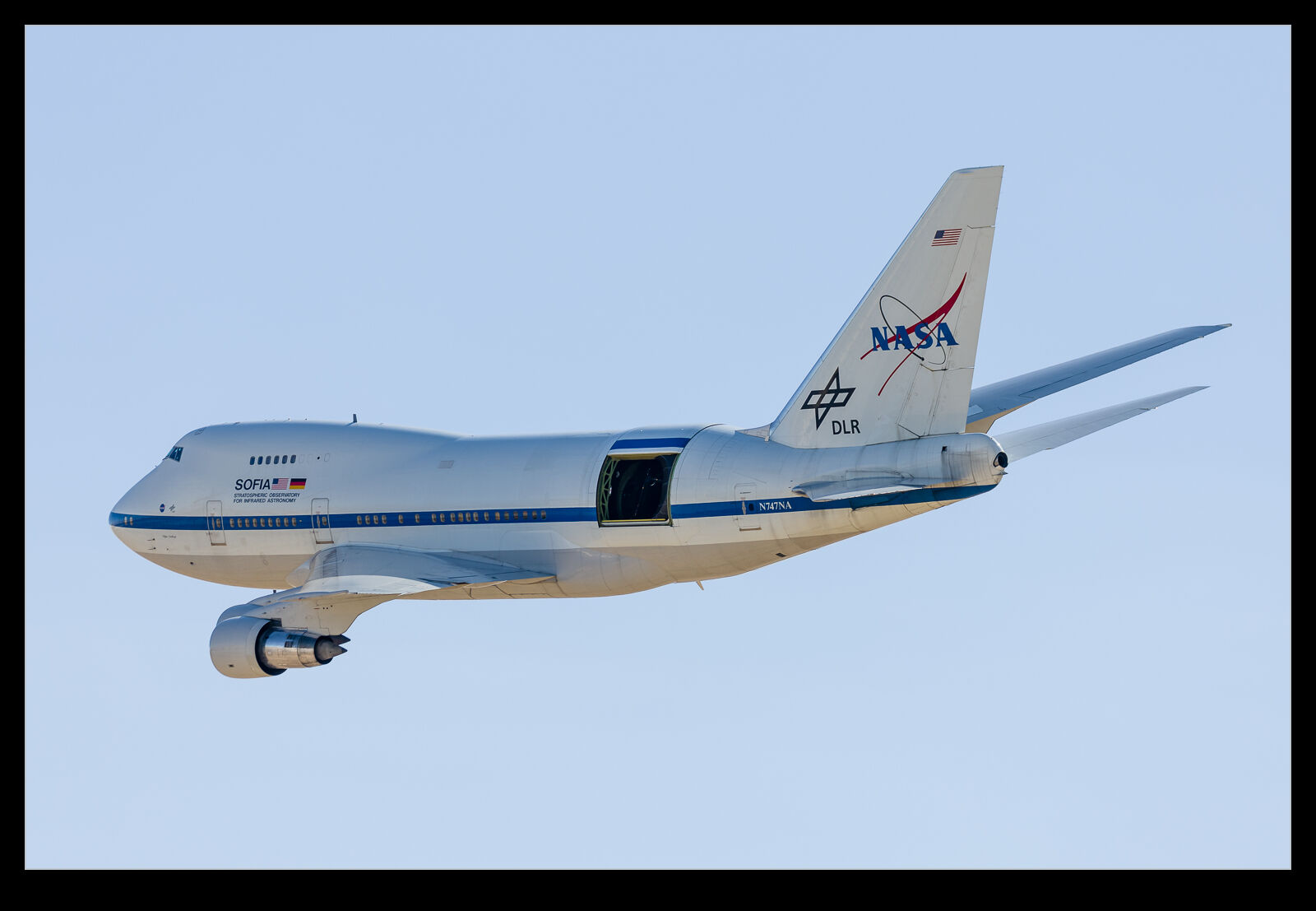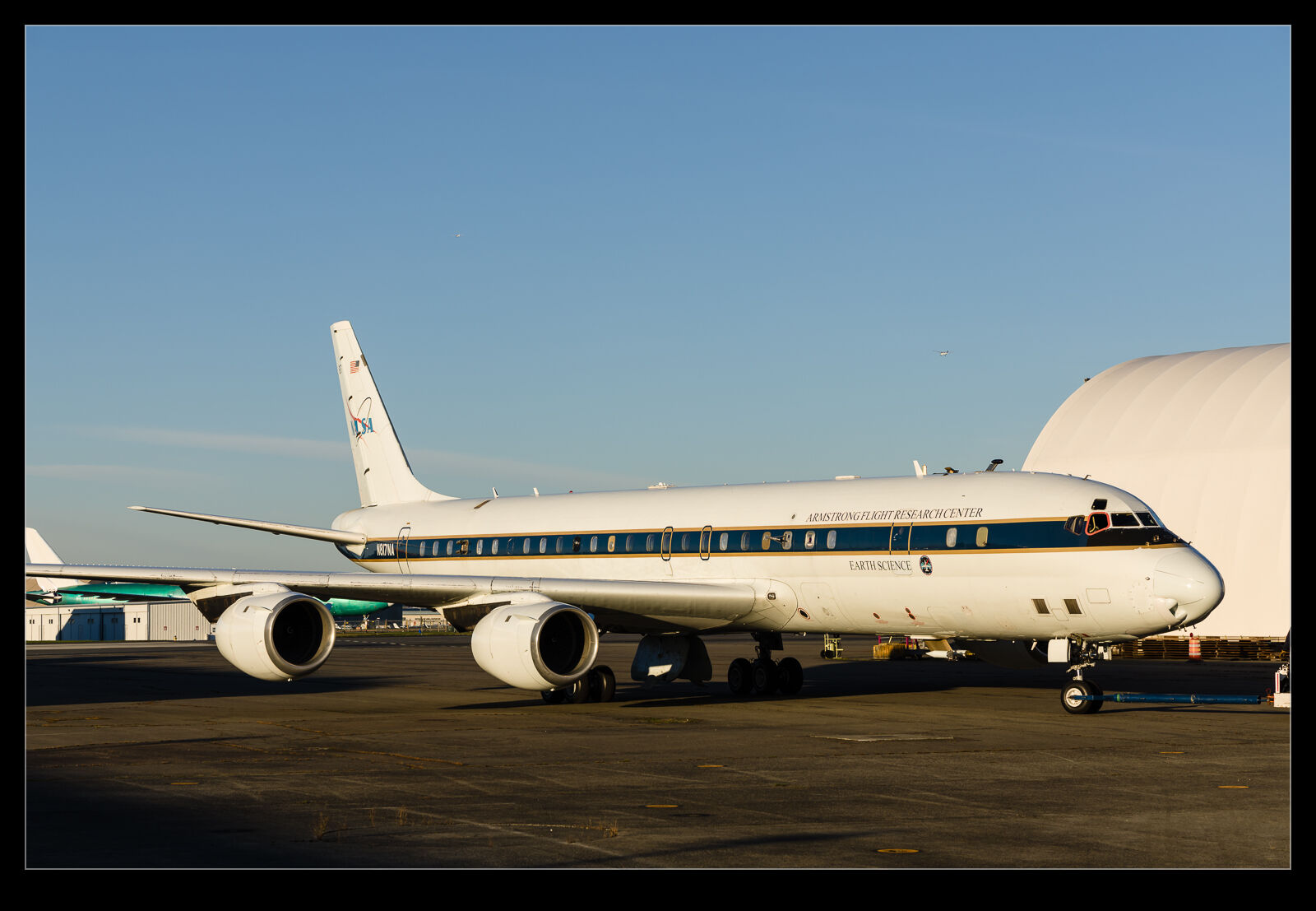 NASA chose to operate its DC-8 from the ATS facilities at Paine Field while they were deployed there for the trials program with the Max 10. They would start up from there and then taxi past the fire station for departure. I was more interested in getting the landing shots so I didn’t wait for their return there but, once the plane was on the ground, I did make a rapid move to get back where they might either be shutting down or would be disembarking. Quite a few people were onboard for each mission.
NASA chose to operate its DC-8 from the ATS facilities at Paine Field while they were deployed there for the trials program with the Max 10. They would start up from there and then taxi past the fire station for departure. I was more interested in getting the landing shots so I didn’t wait for their return there but, once the plane was on the ground, I did make a rapid move to get back where they might either be shutting down or would be disembarking. Quite a few people were onboard for each mission.
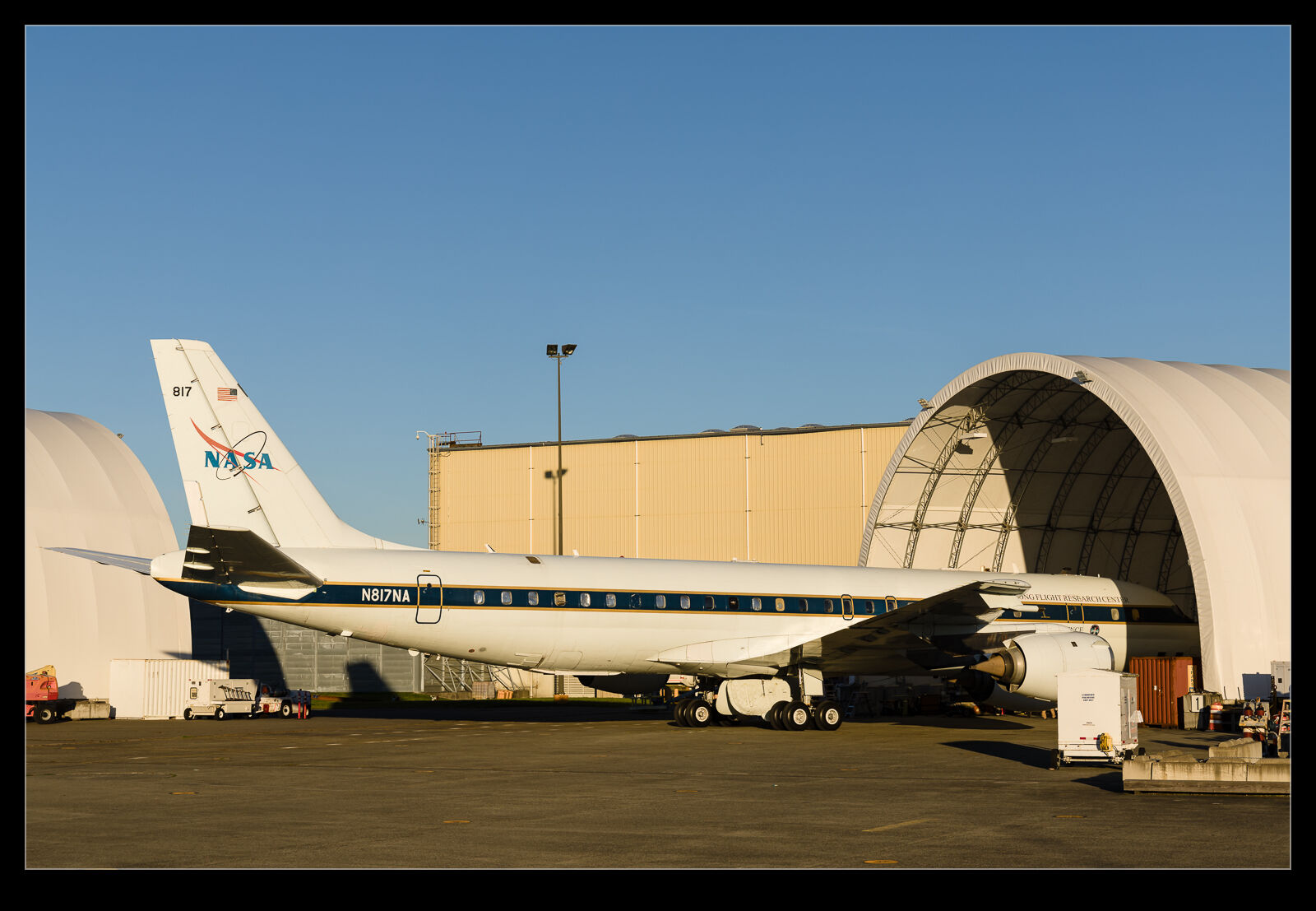 Closing everything down took quite a while and, once everyone was off, the steps were removed, and the ground power disconnected. They then towed the jet in to one of the open-ended structures so that the nose was under cover while the back end of the jet was in the open. This was the process each time, so I was able to take photos from different angles each time I was there. I never happened to be there when they reversed the process. The jet was already out by the time I showed up.
Closing everything down took quite a while and, once everyone was off, the steps were removed, and the ground power disconnected. They then towed the jet in to one of the open-ended structures so that the nose was under cover while the back end of the jet was in the open. This was the process each time, so I was able to take photos from different angles each time I was there. I never happened to be there when they reversed the process. The jet was already out by the time I showed up.
